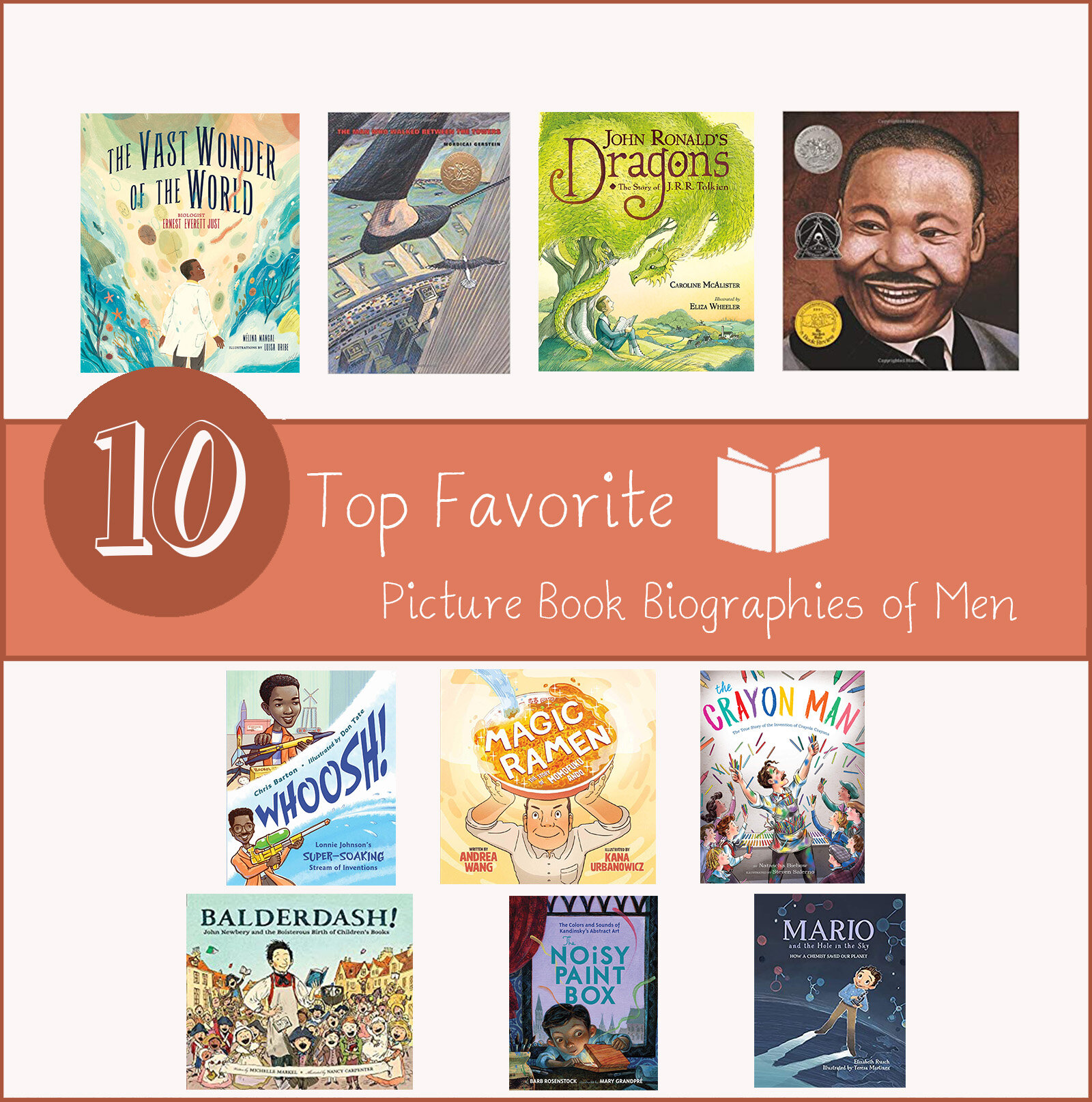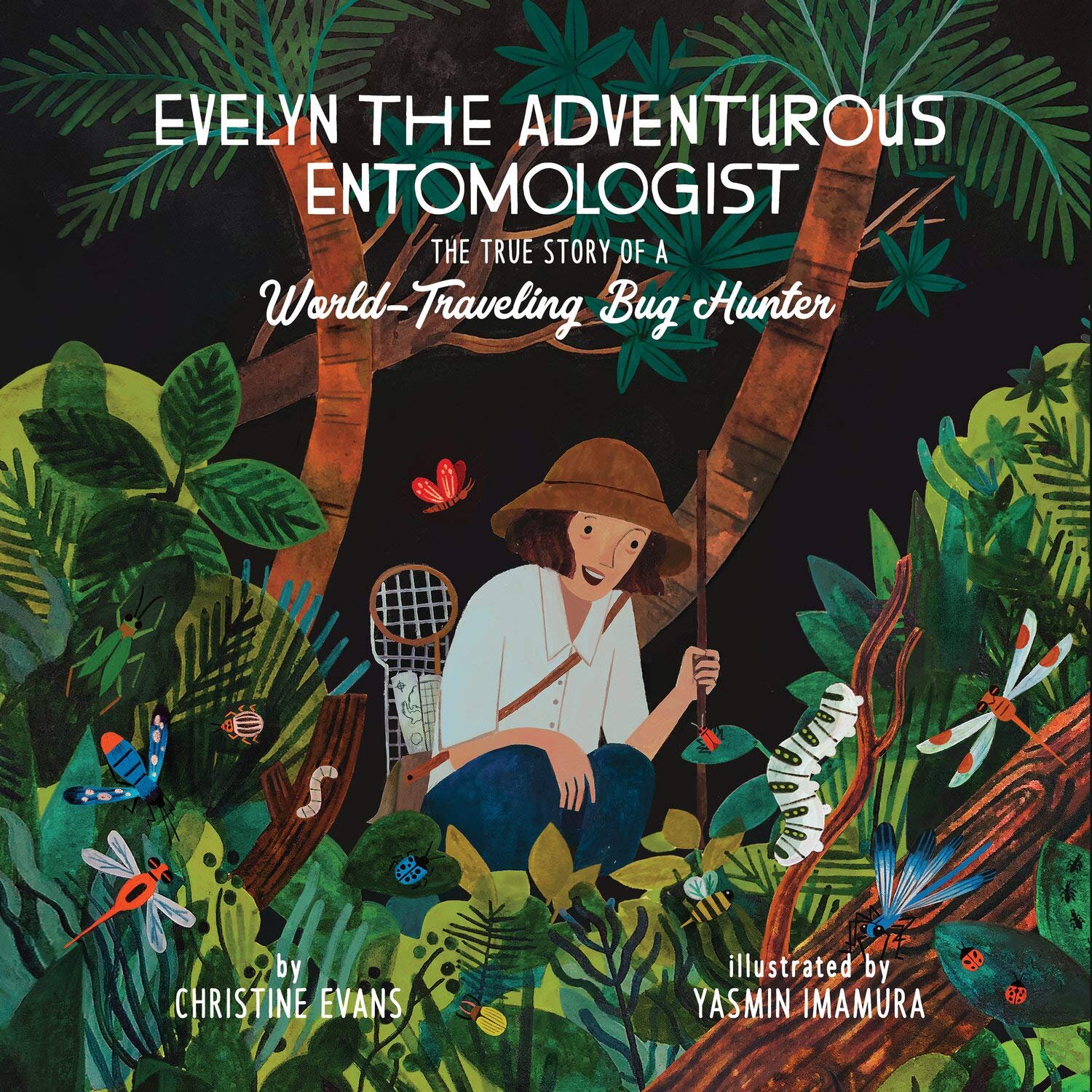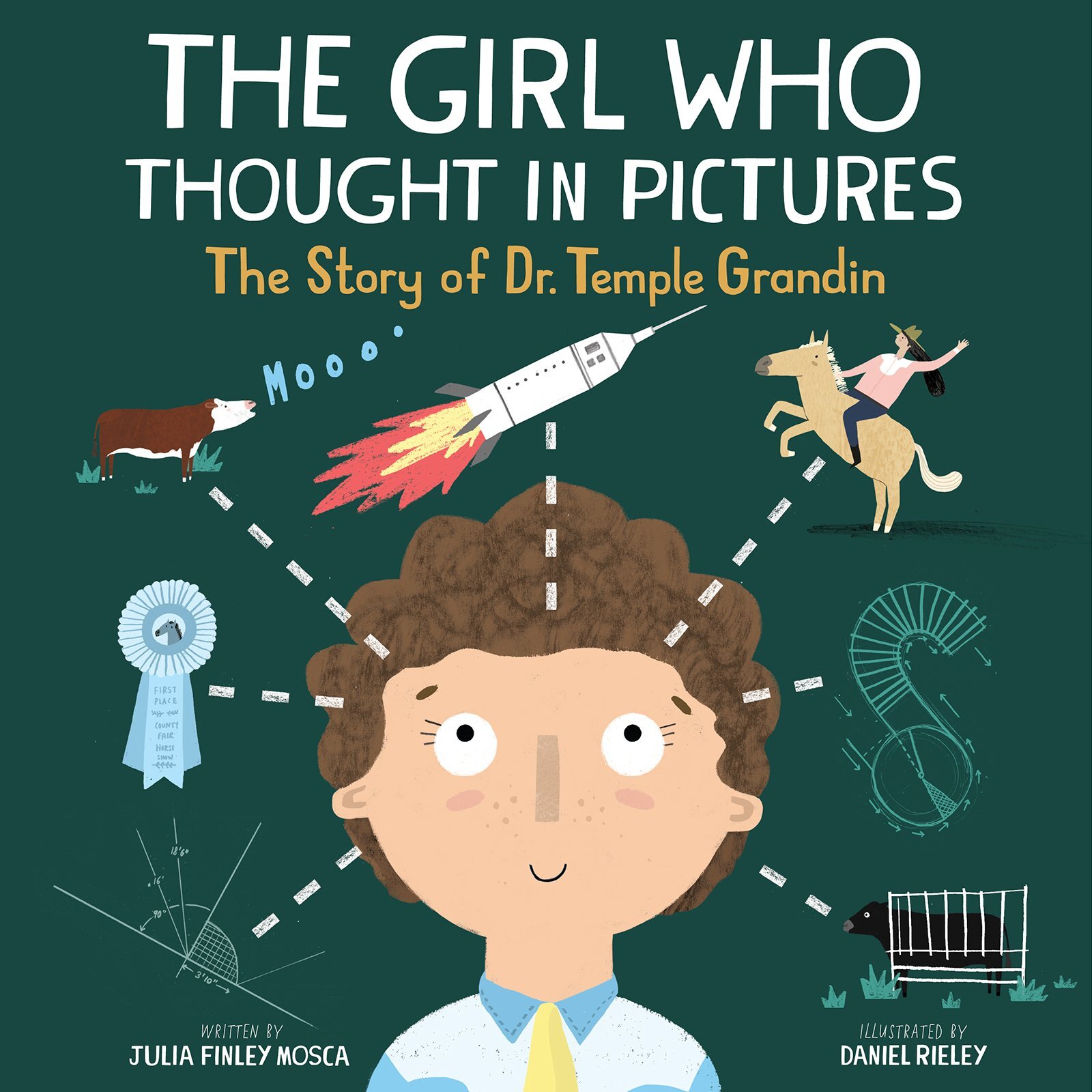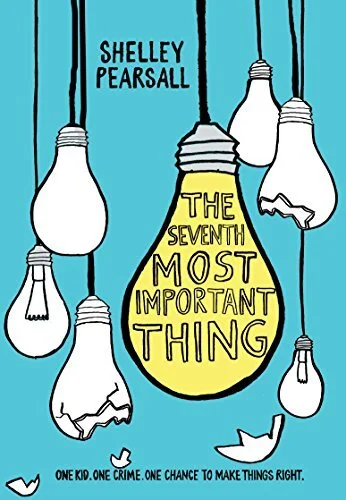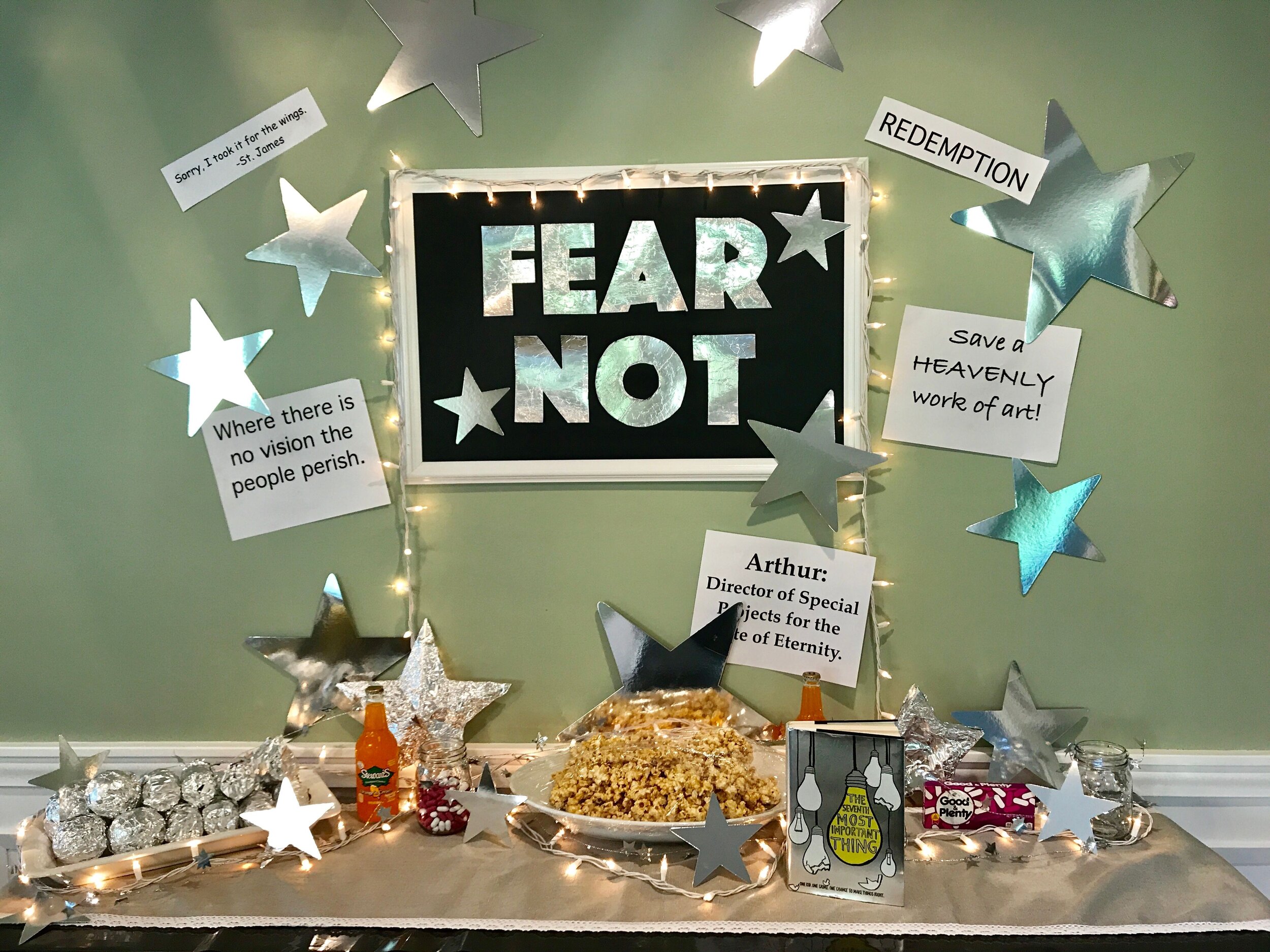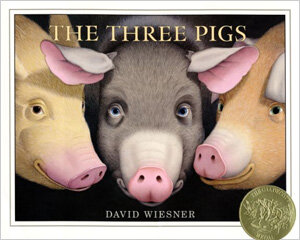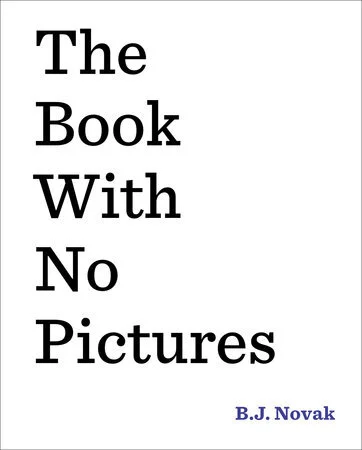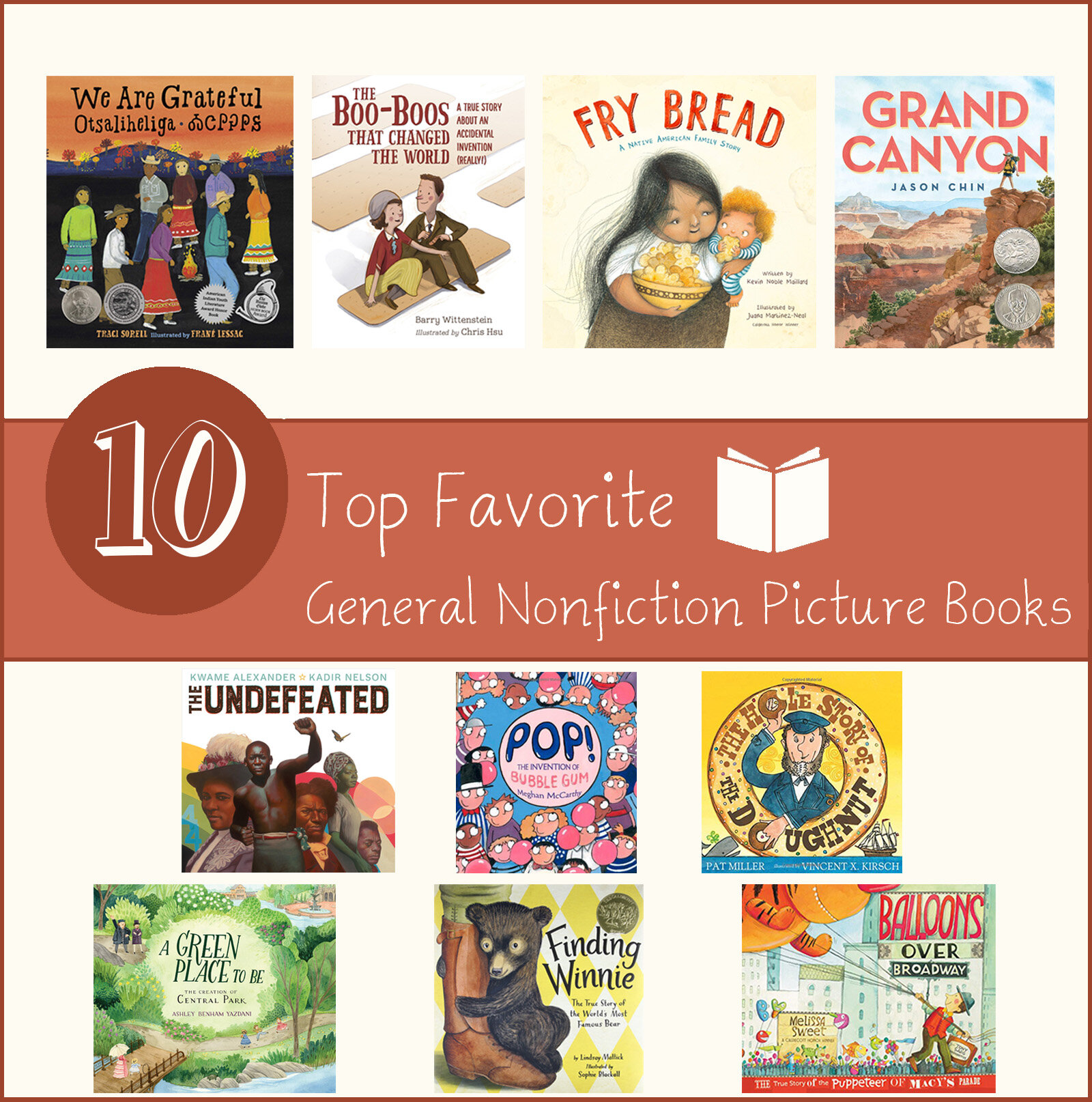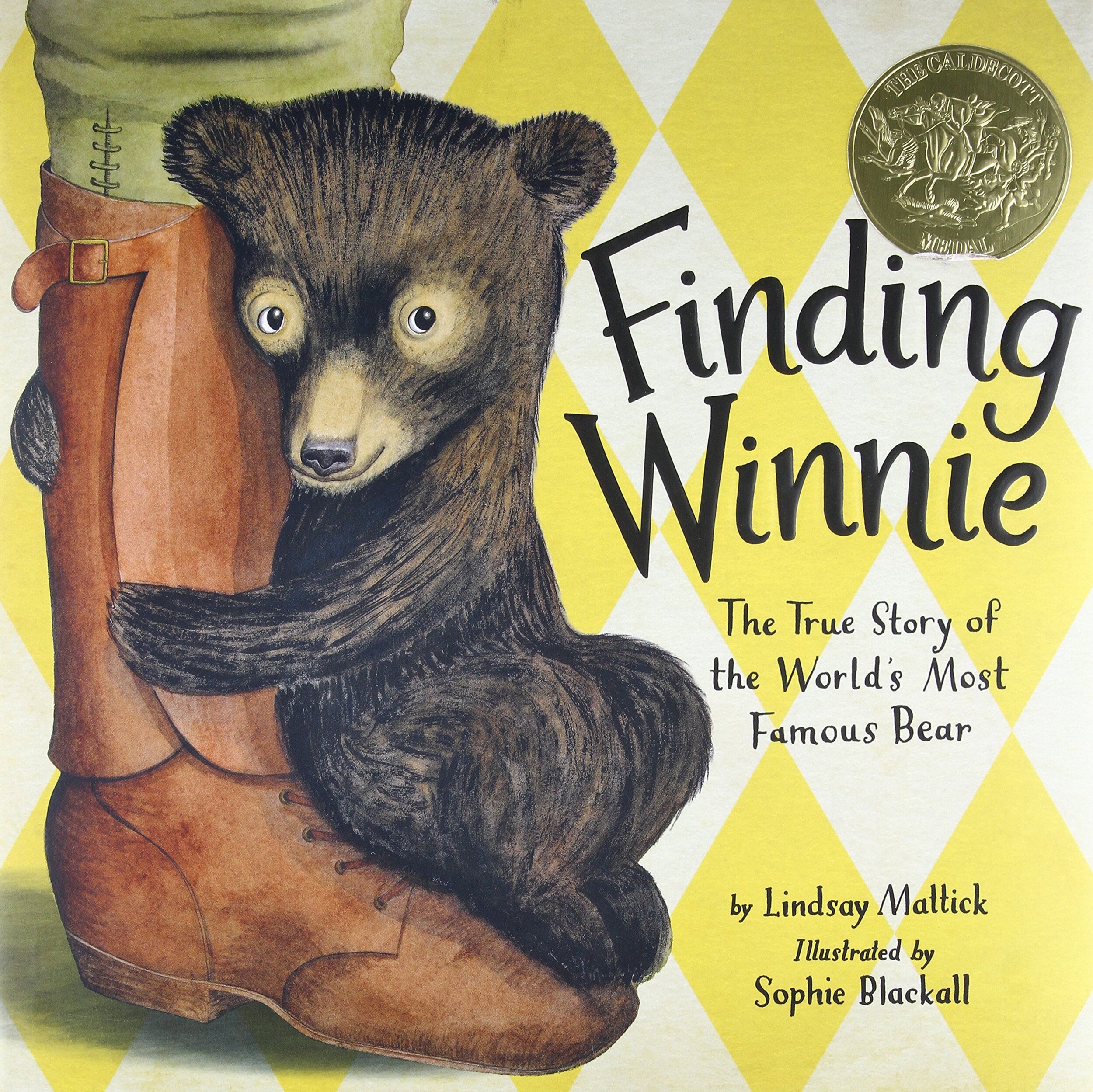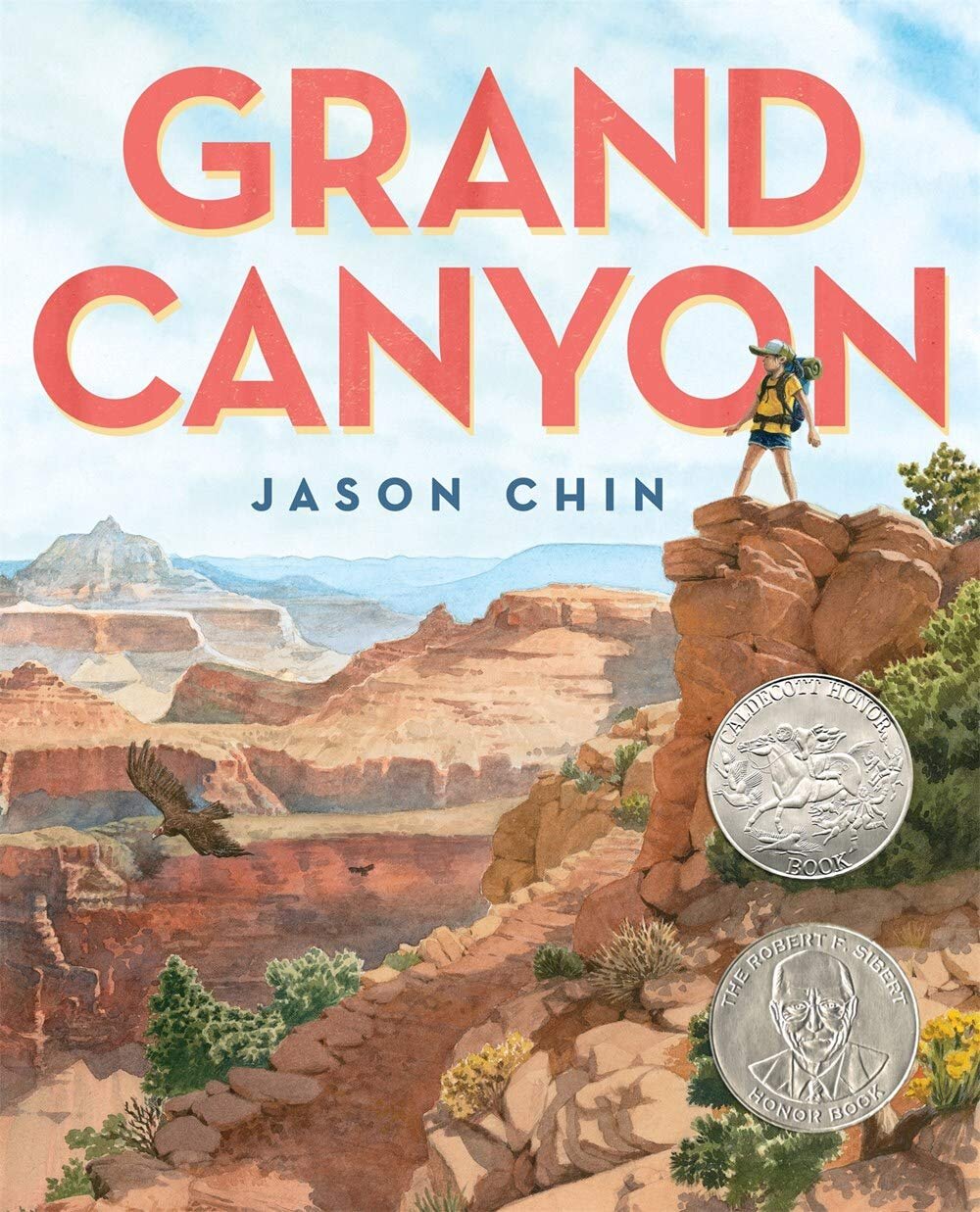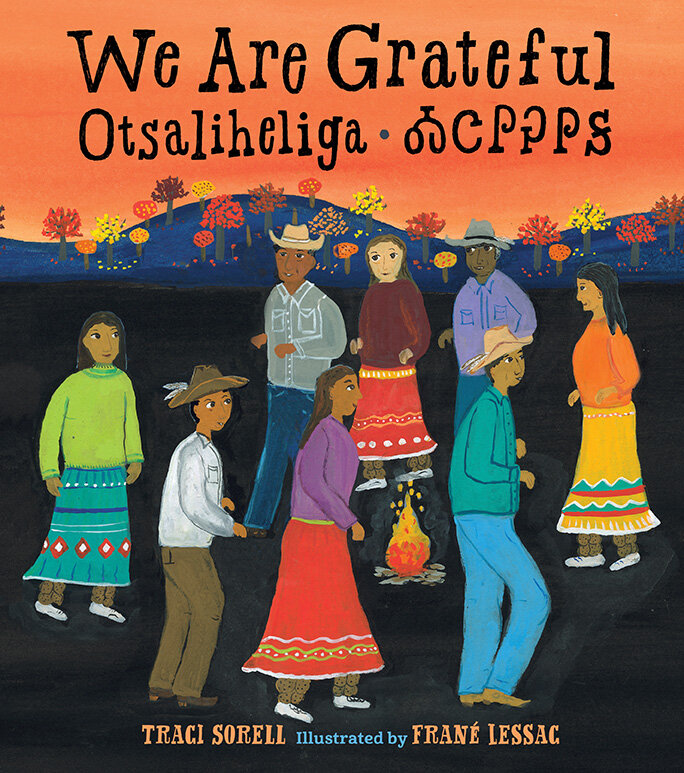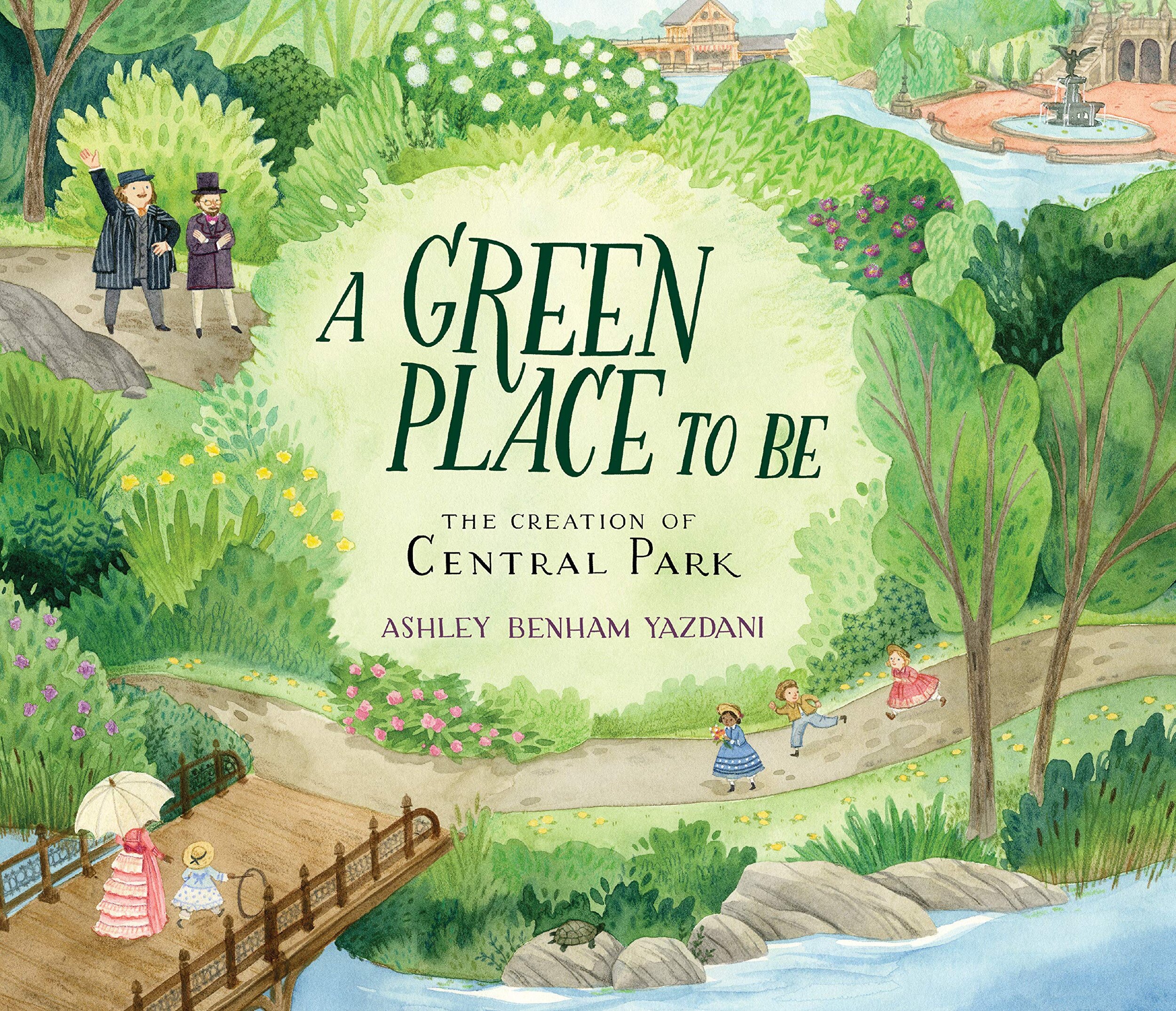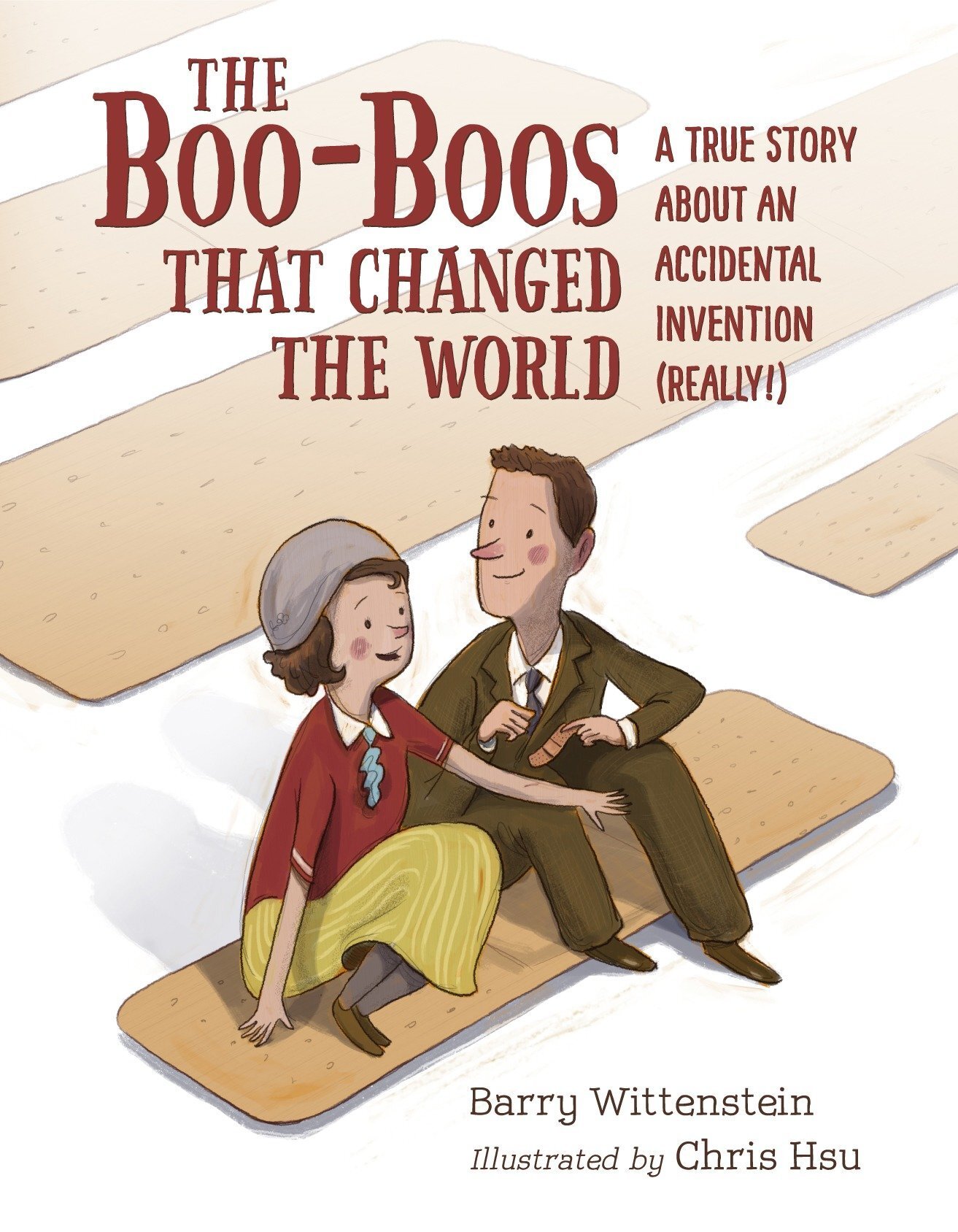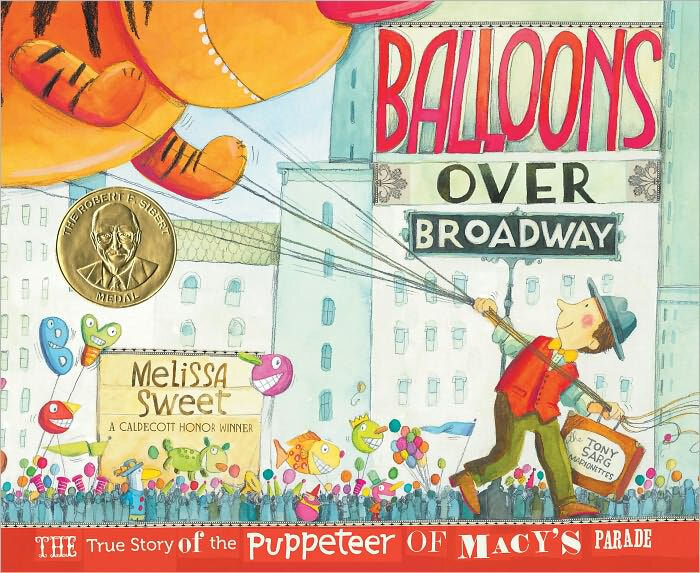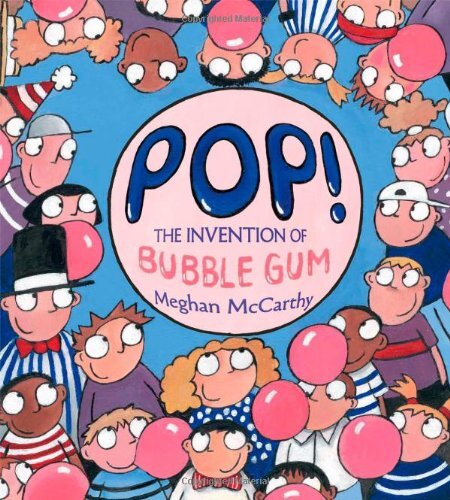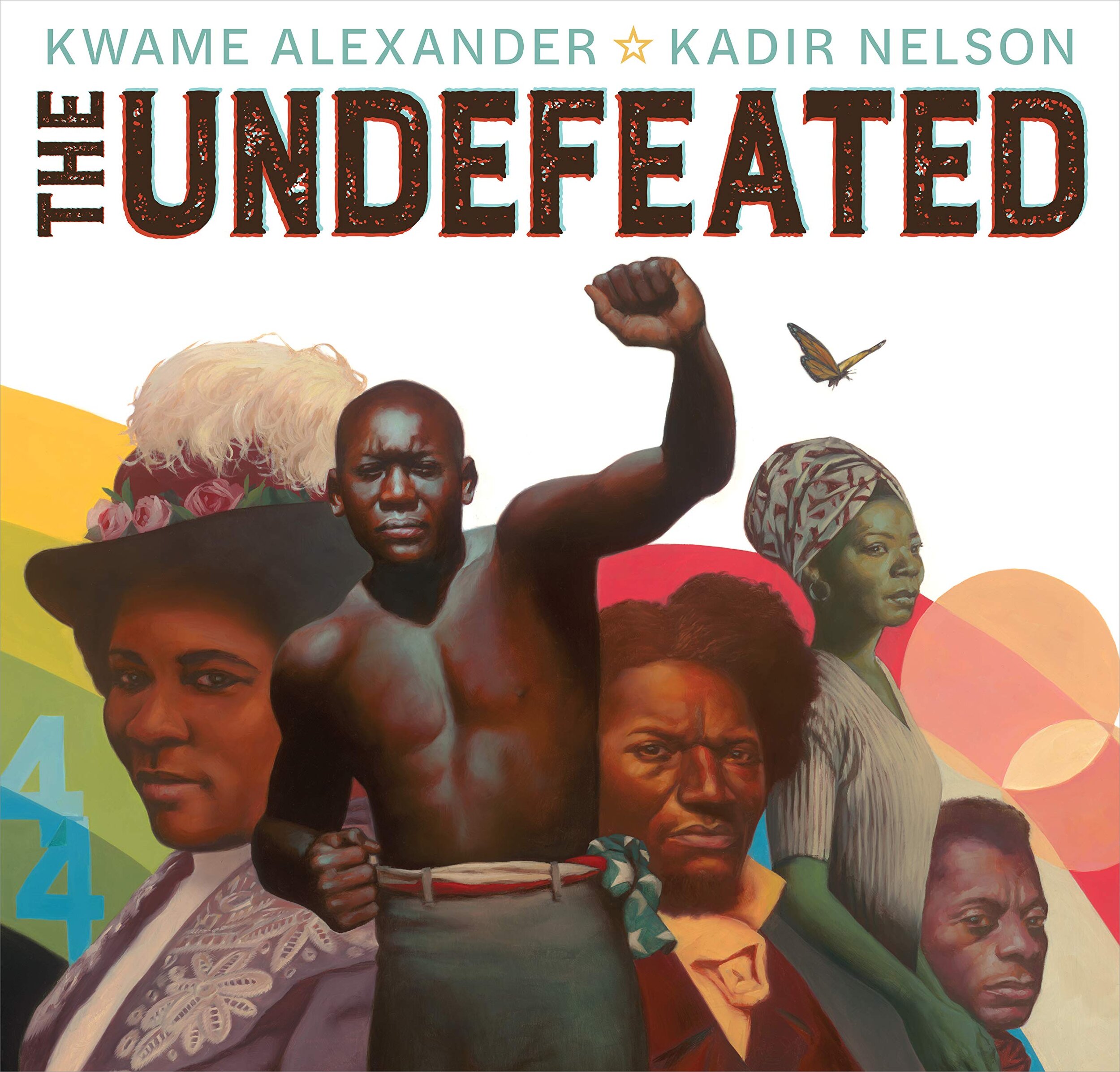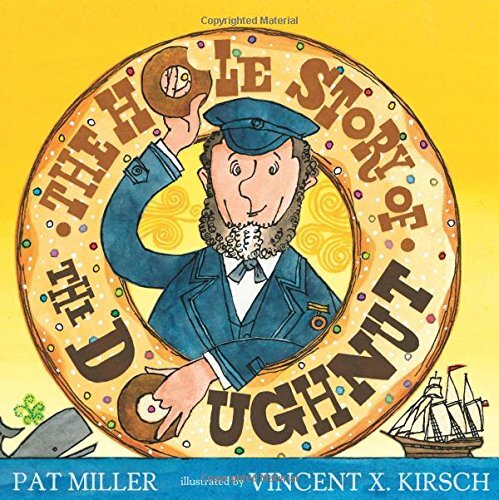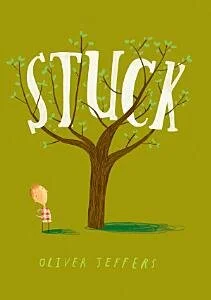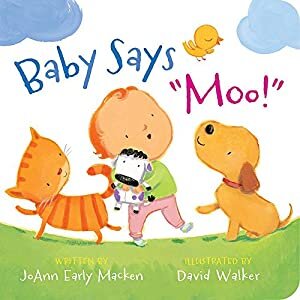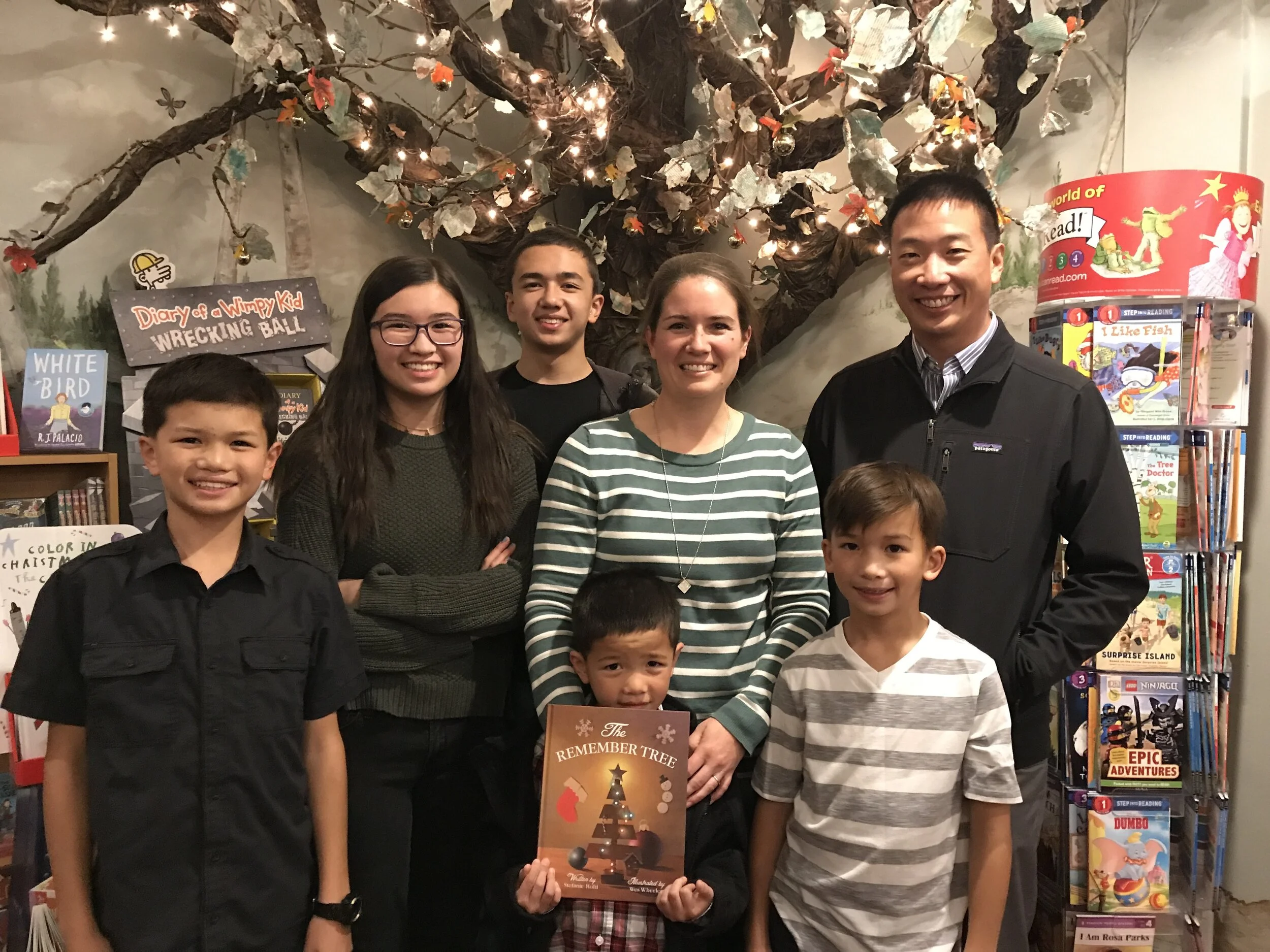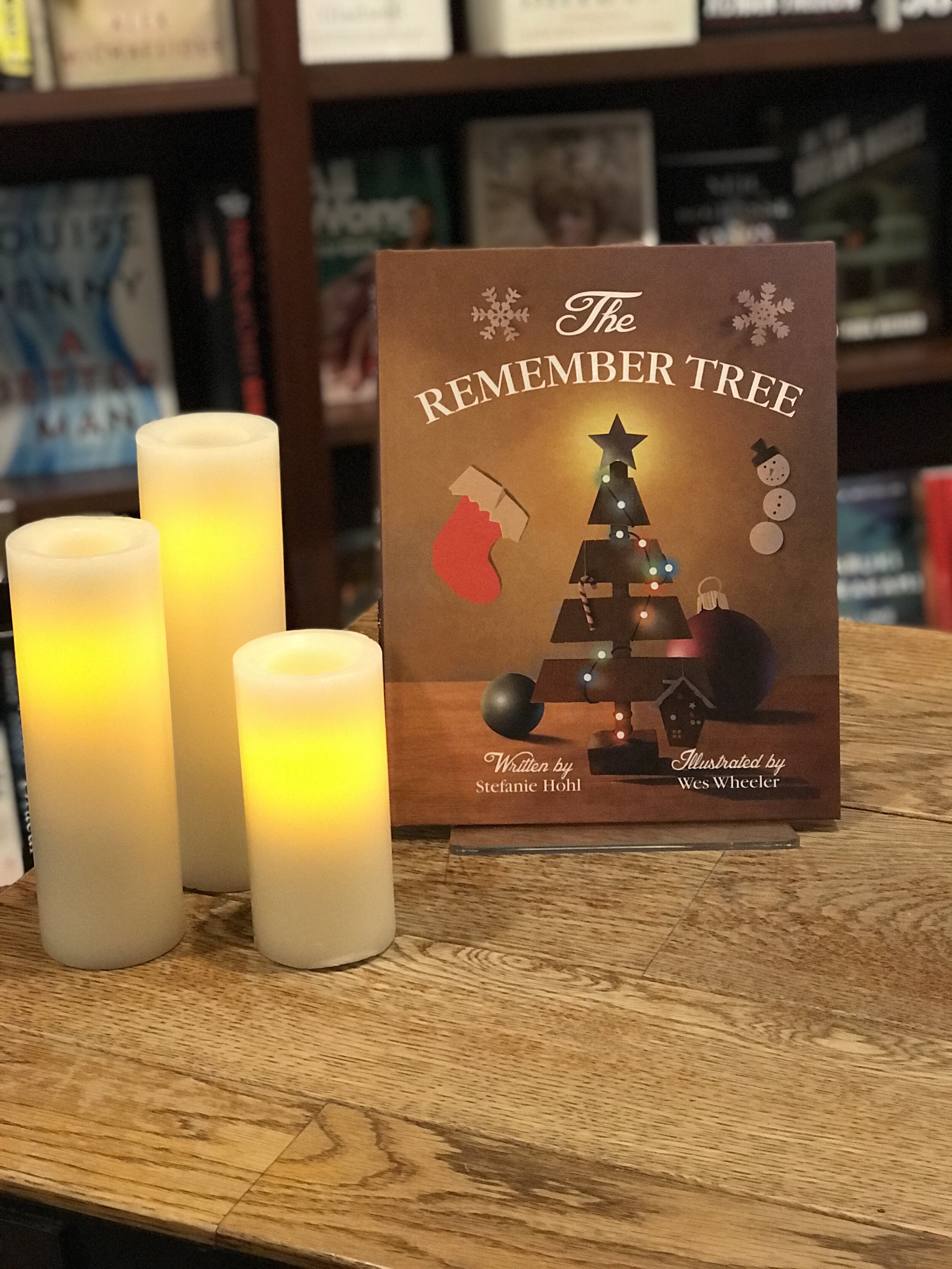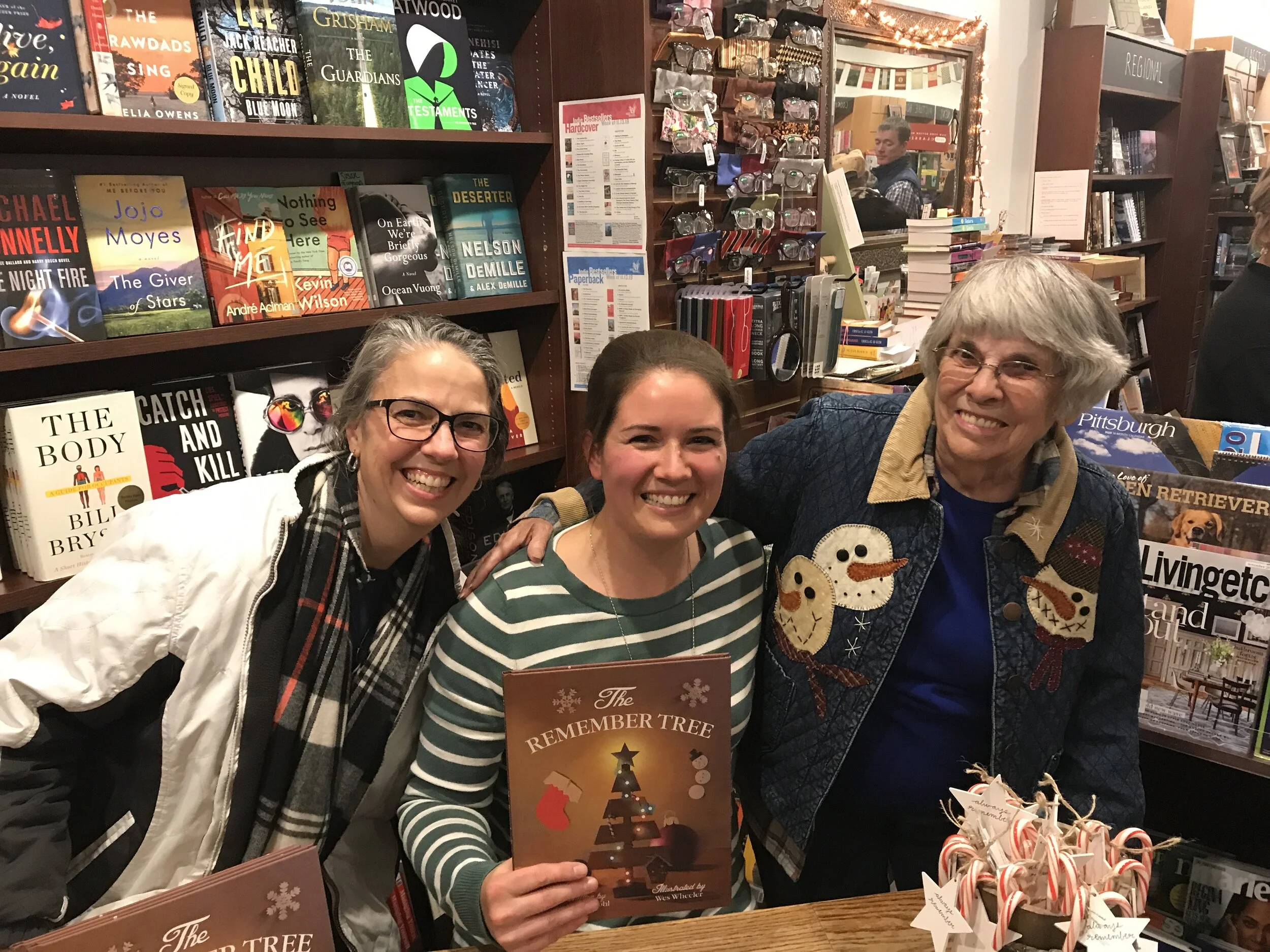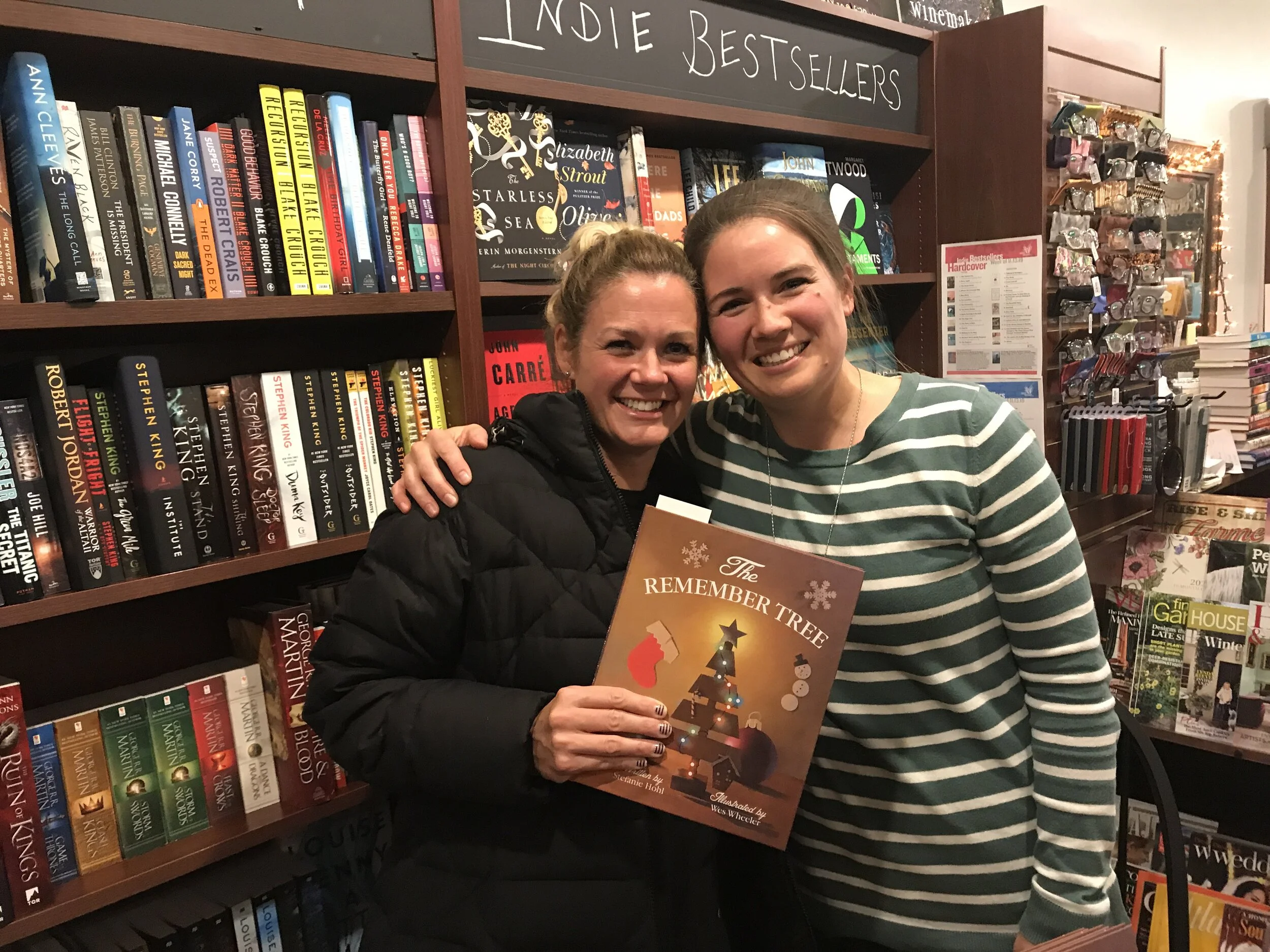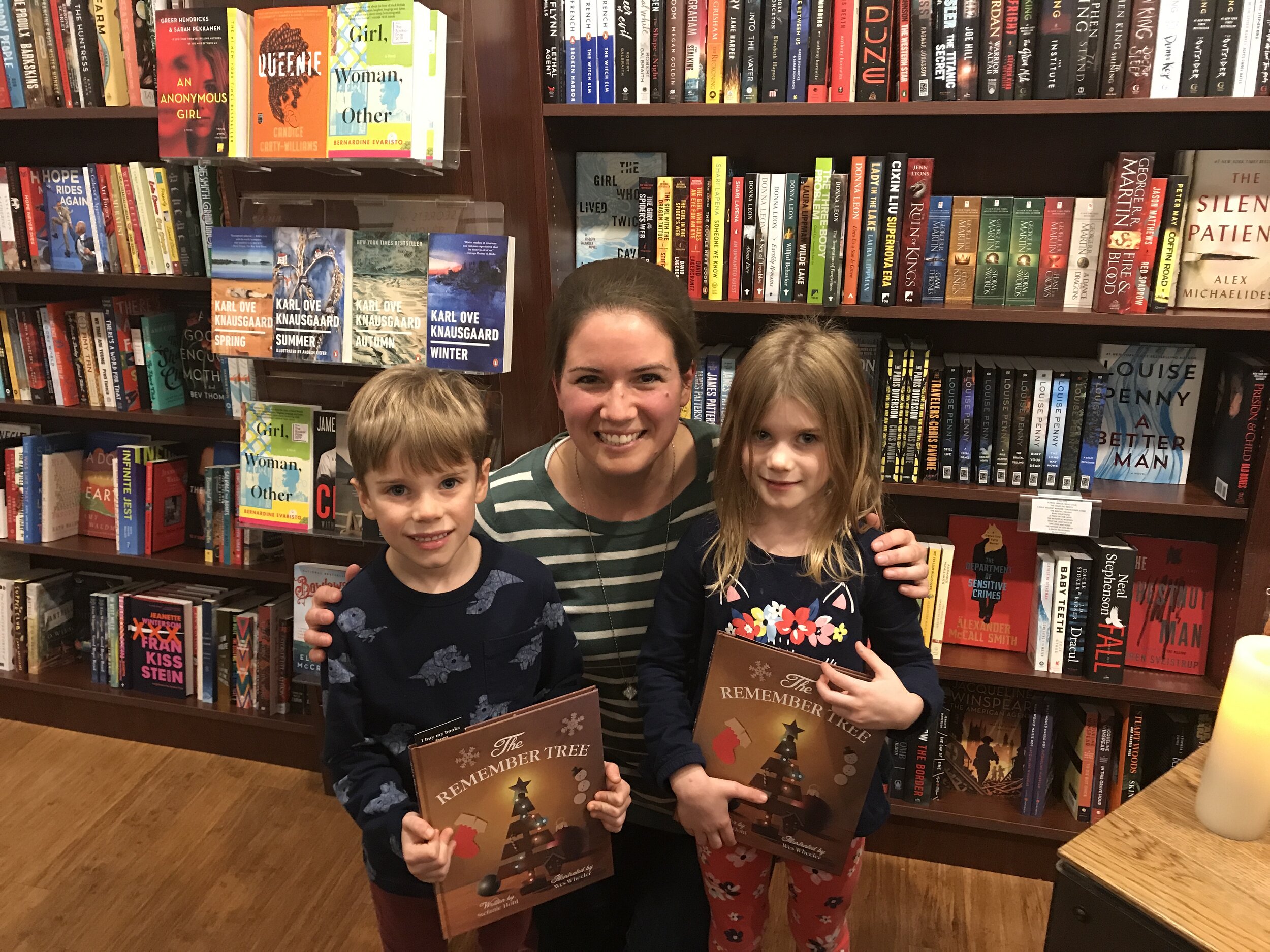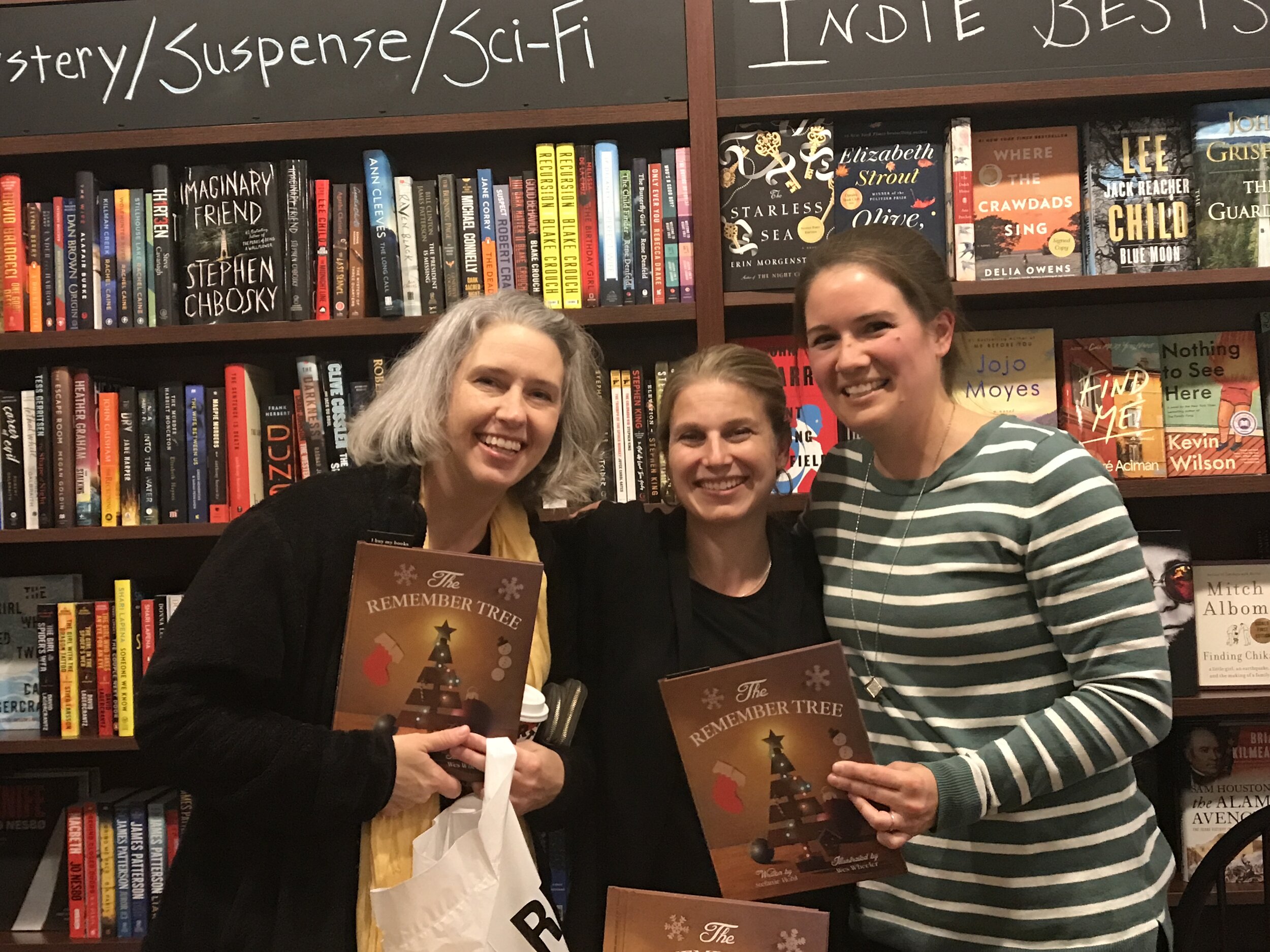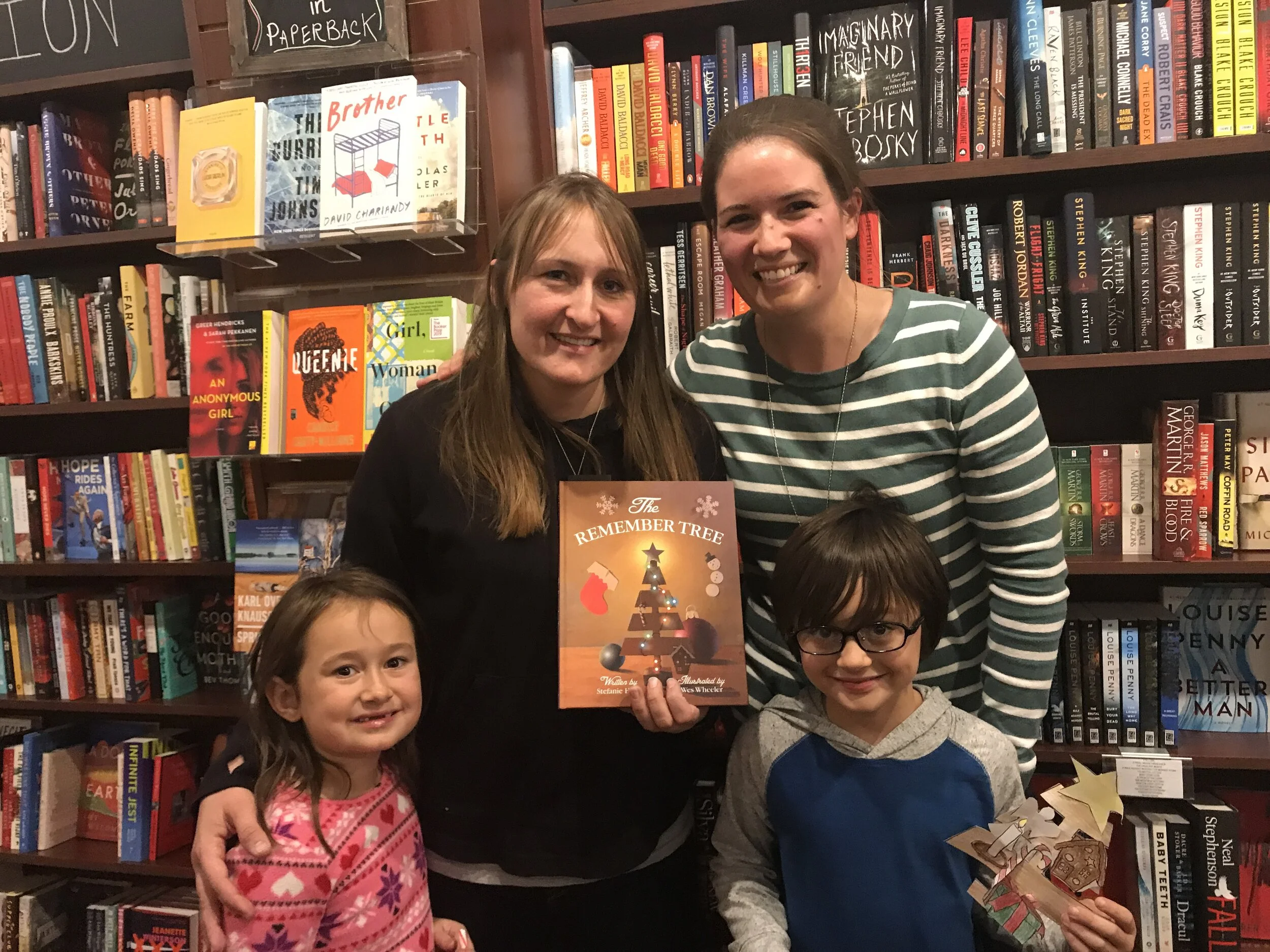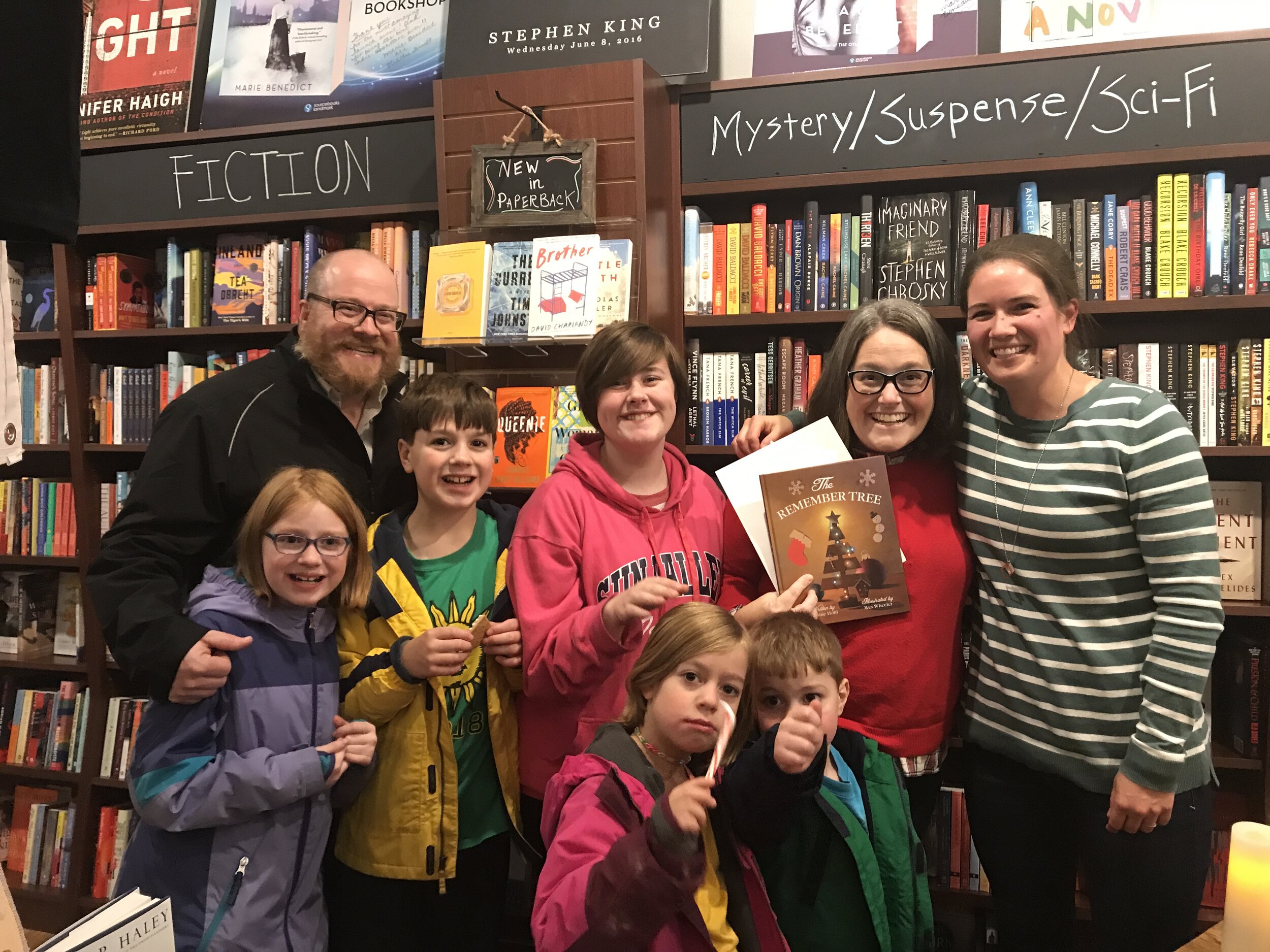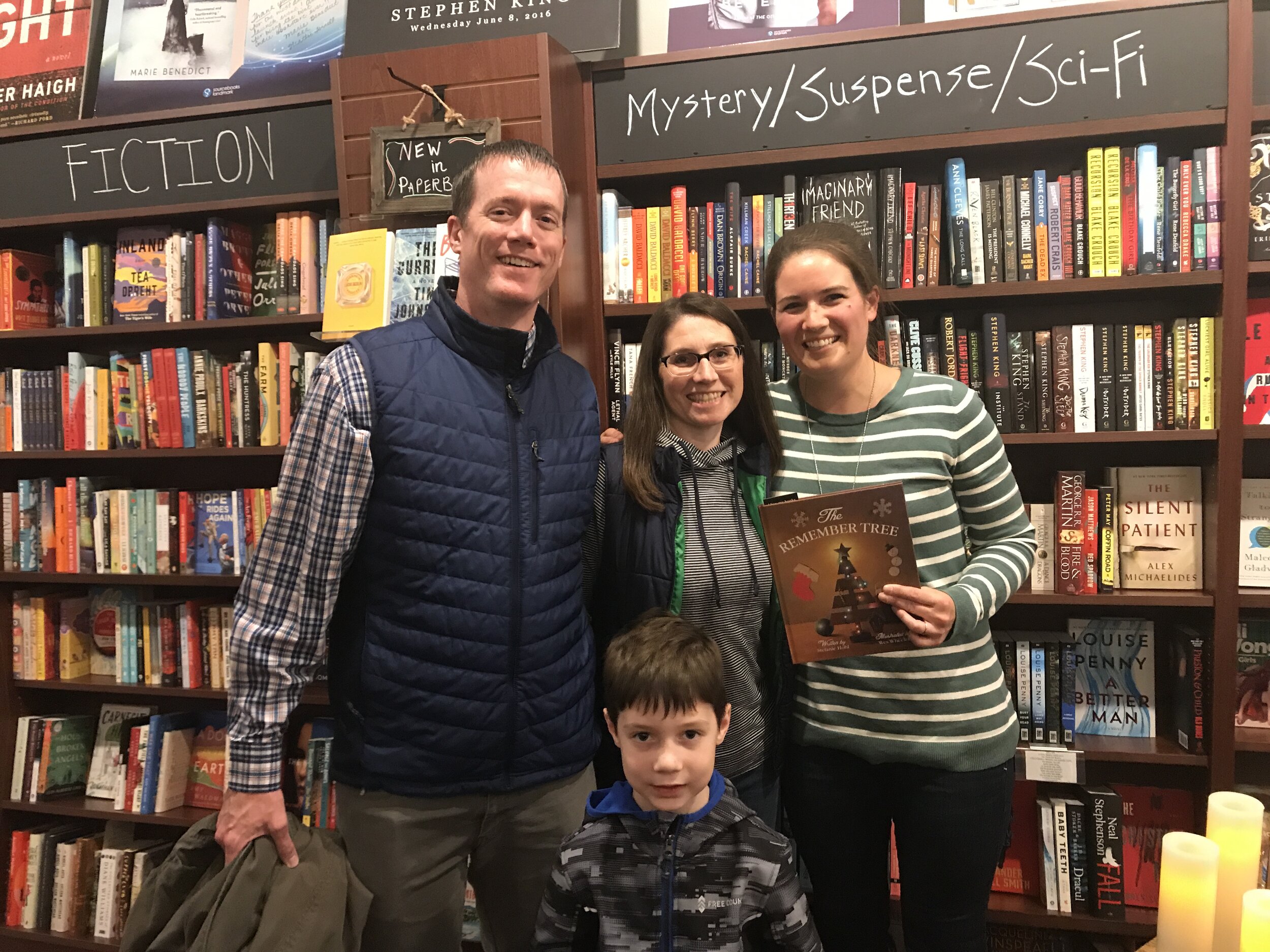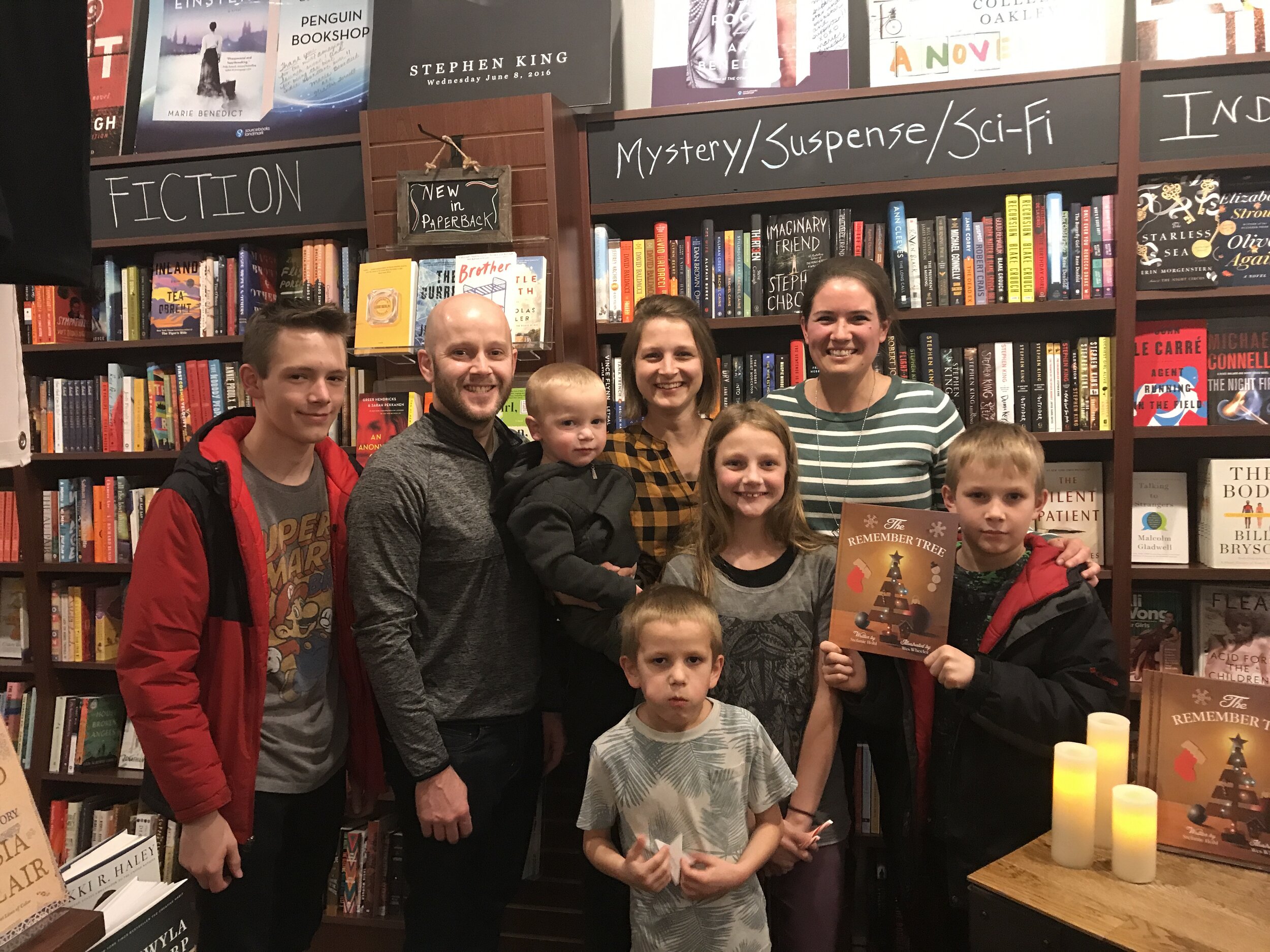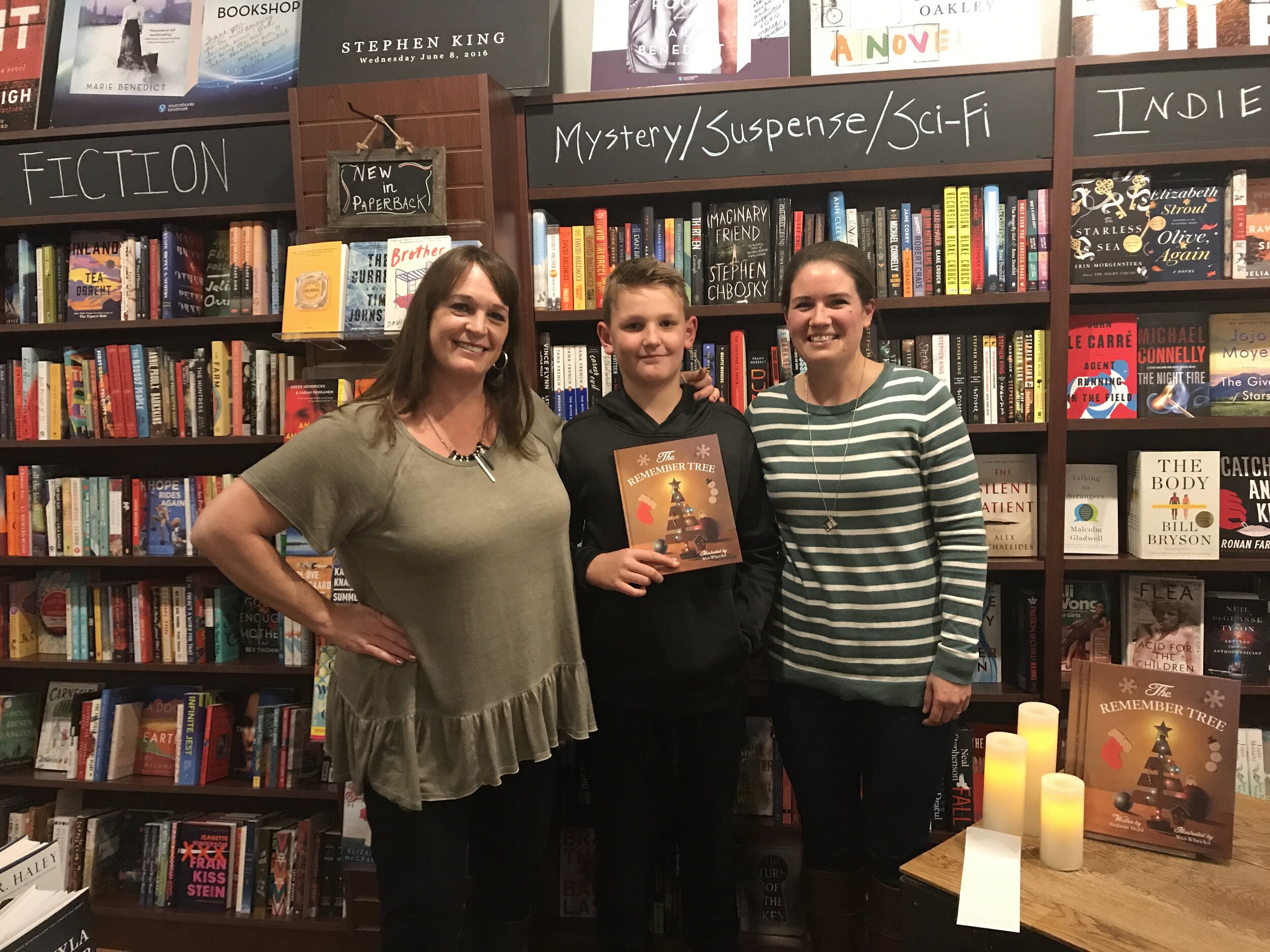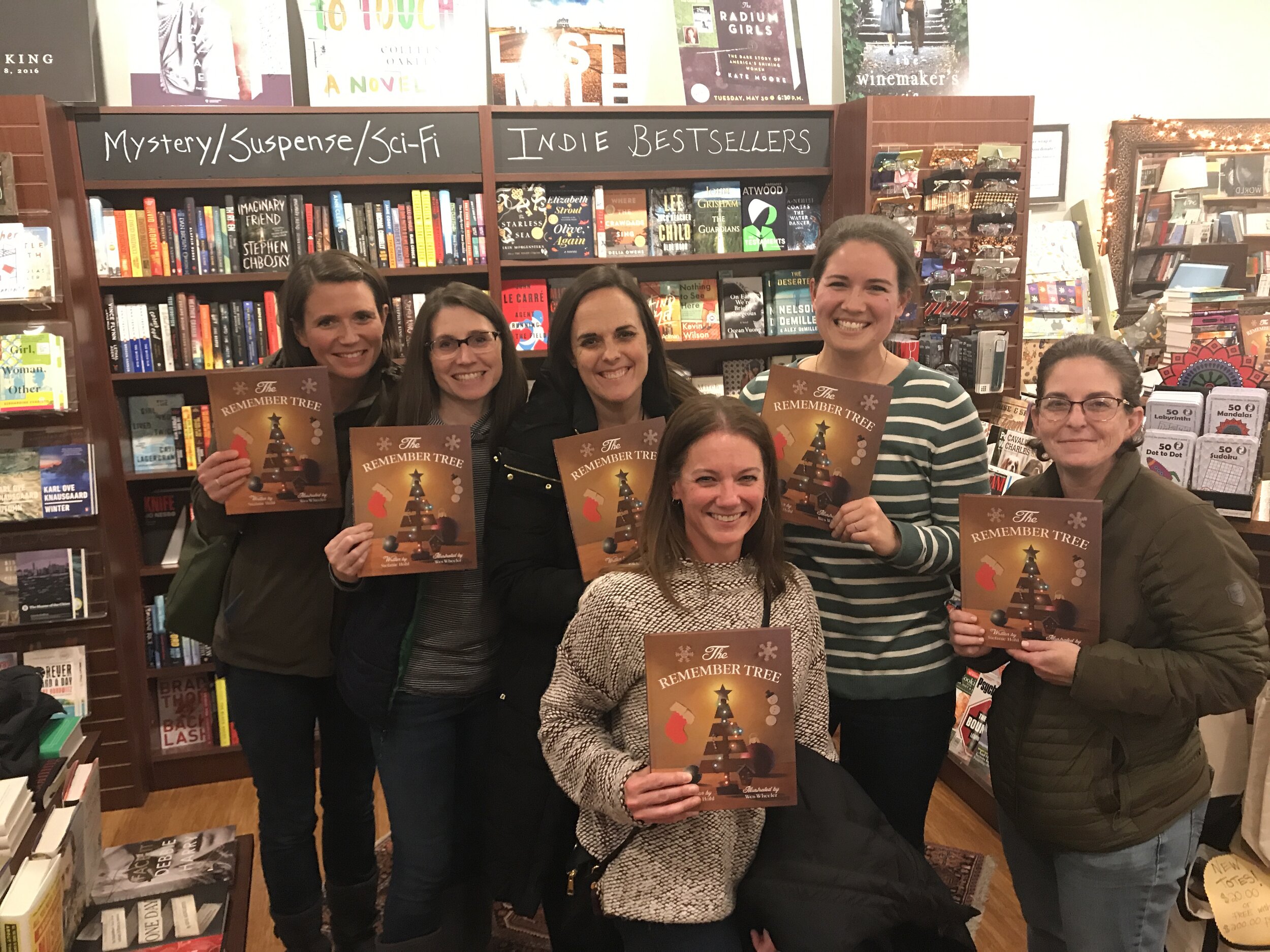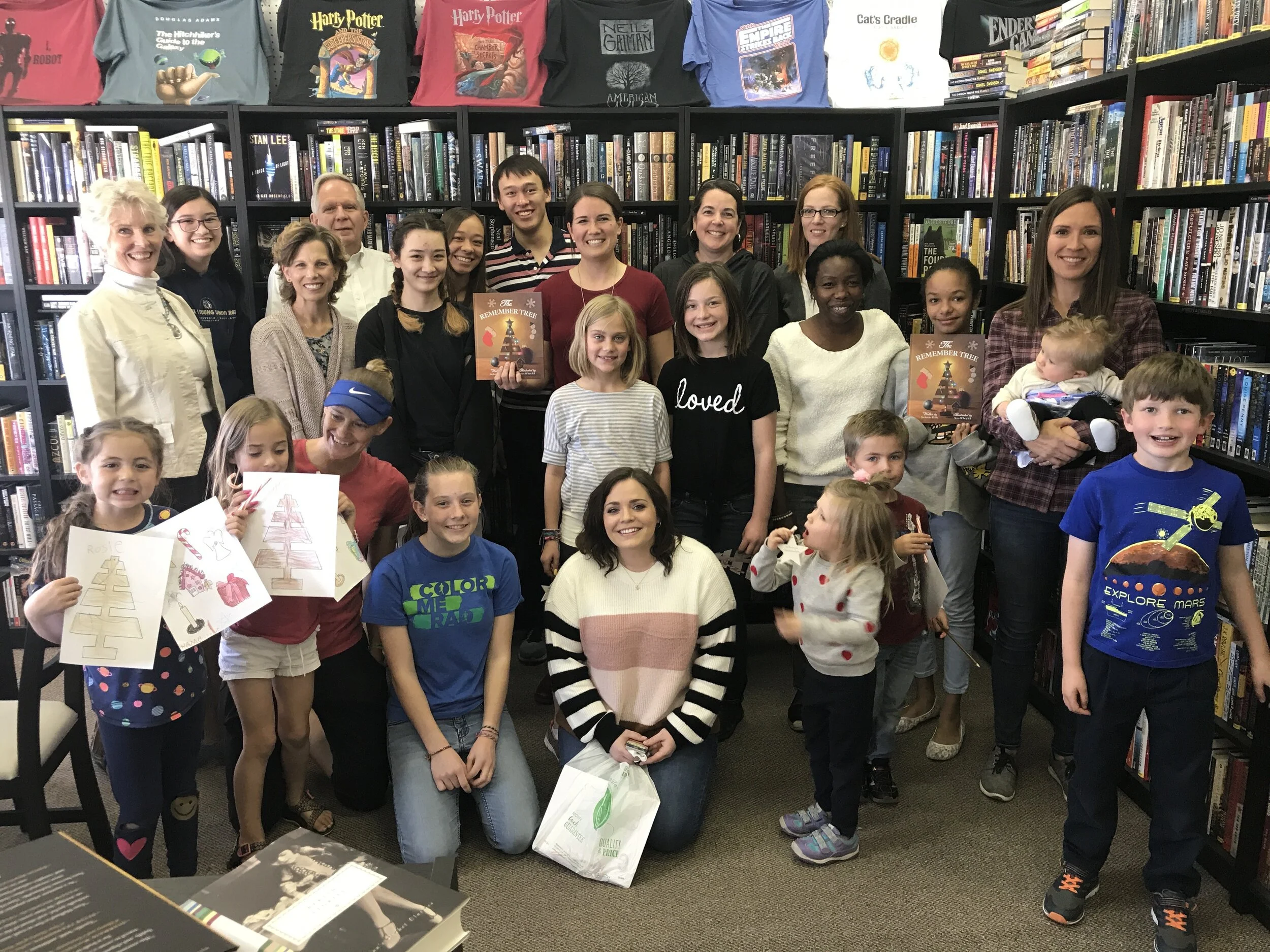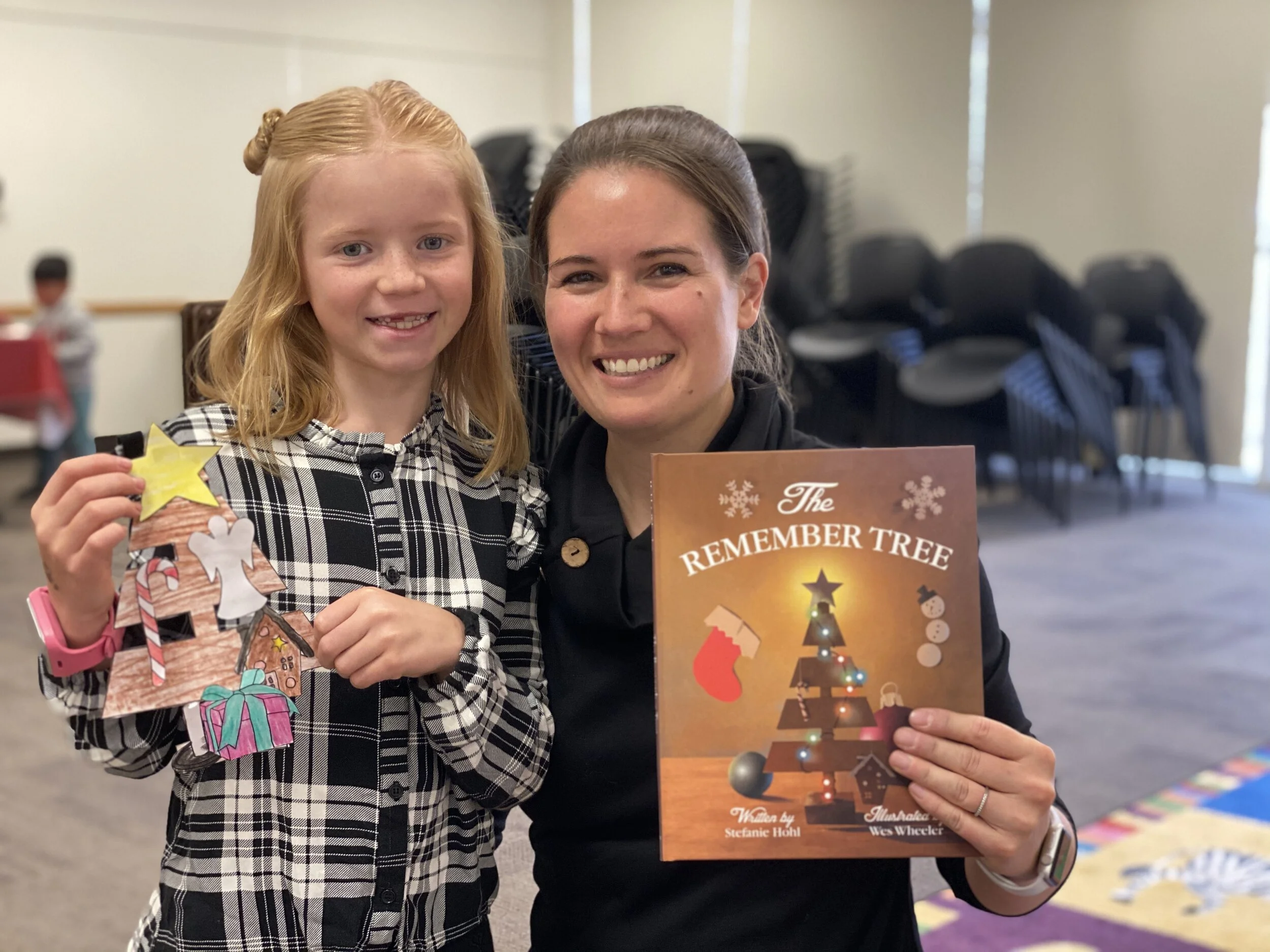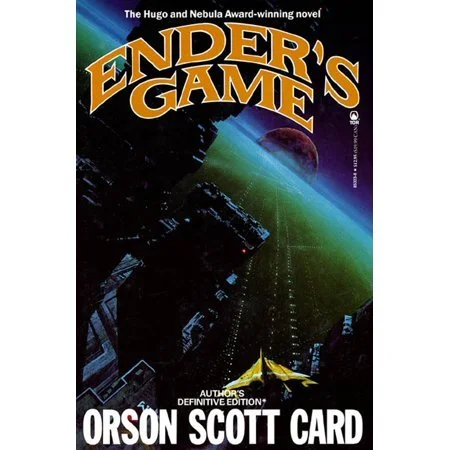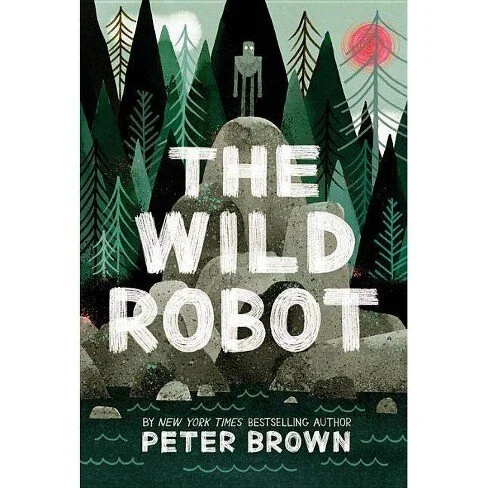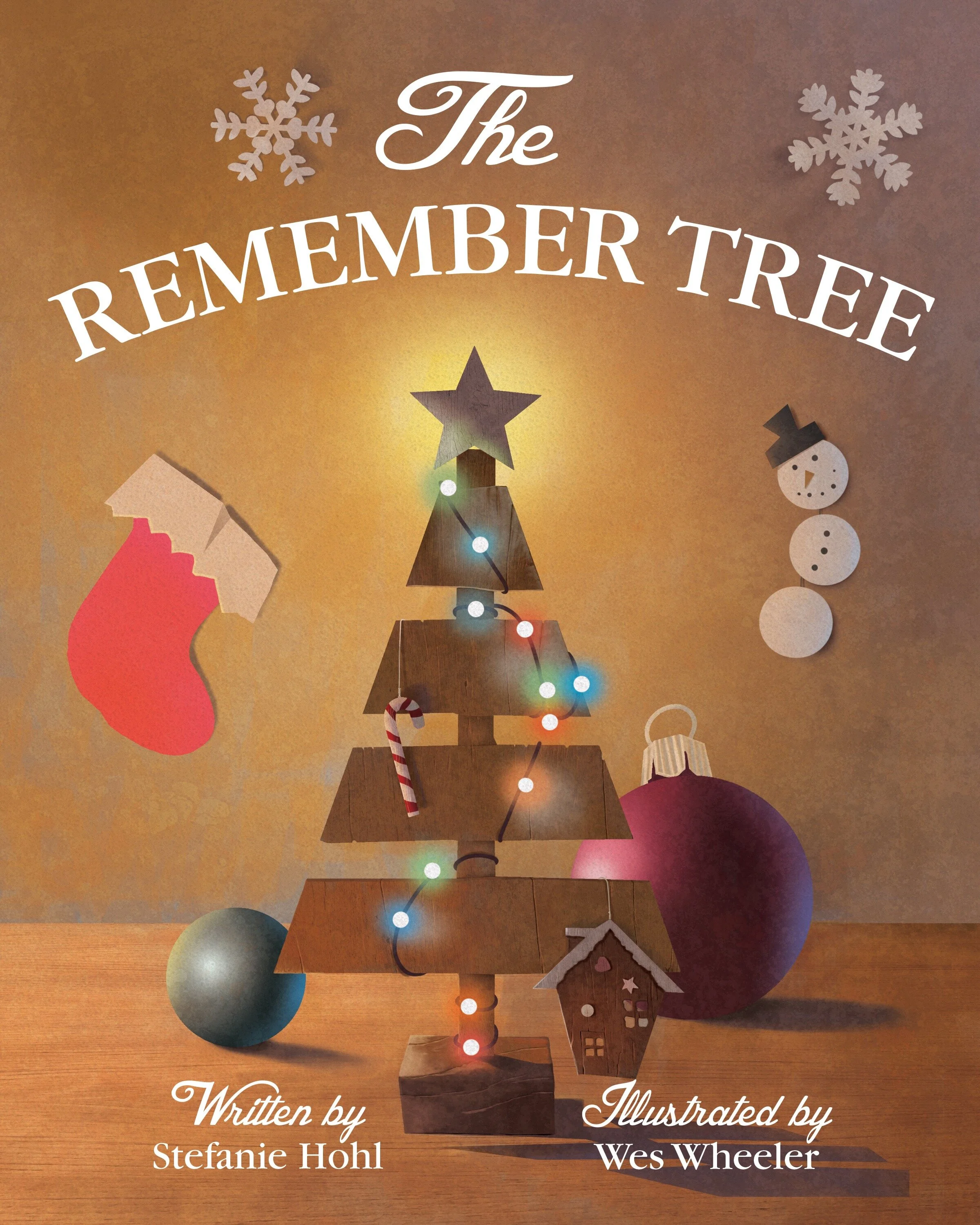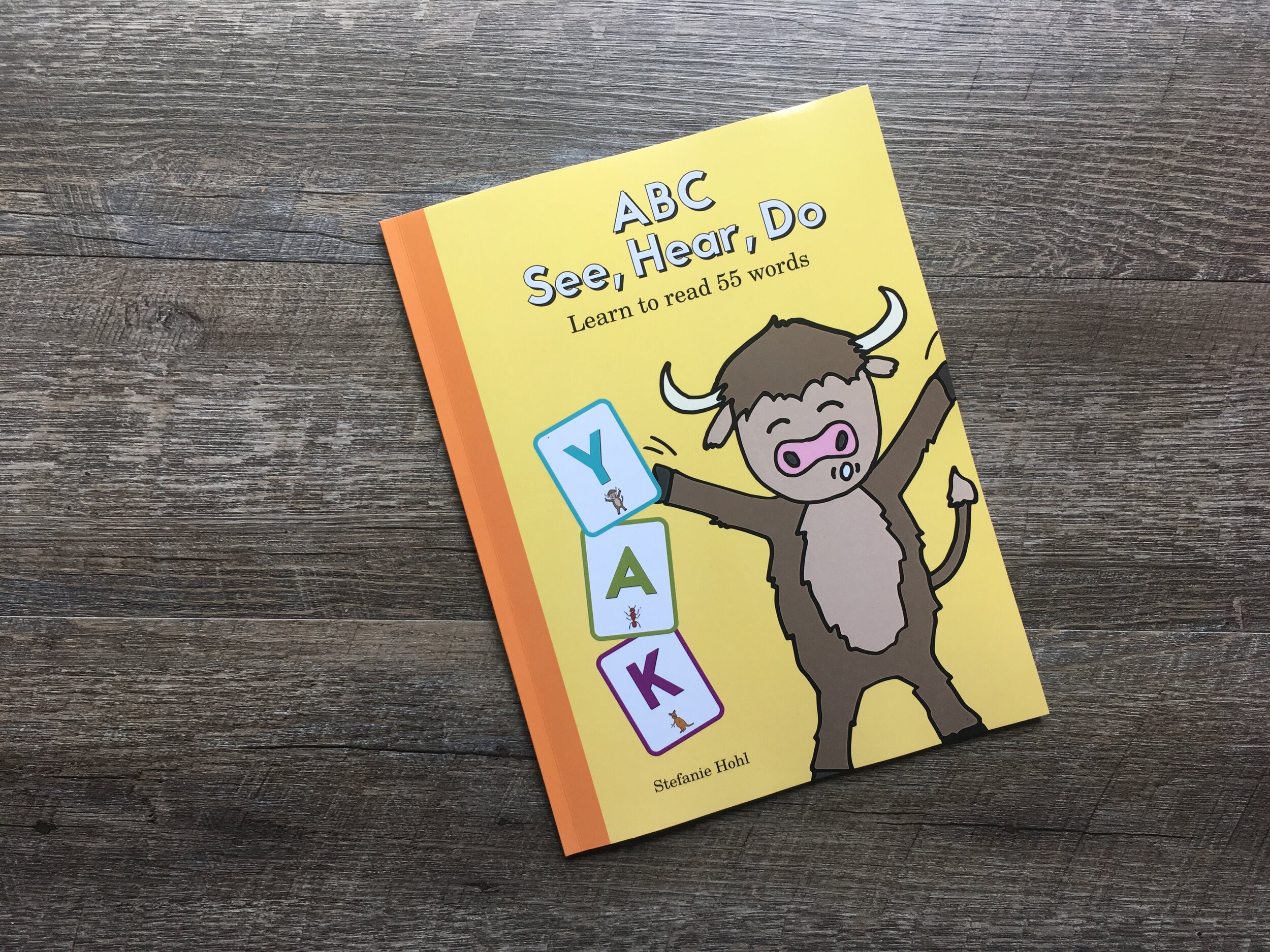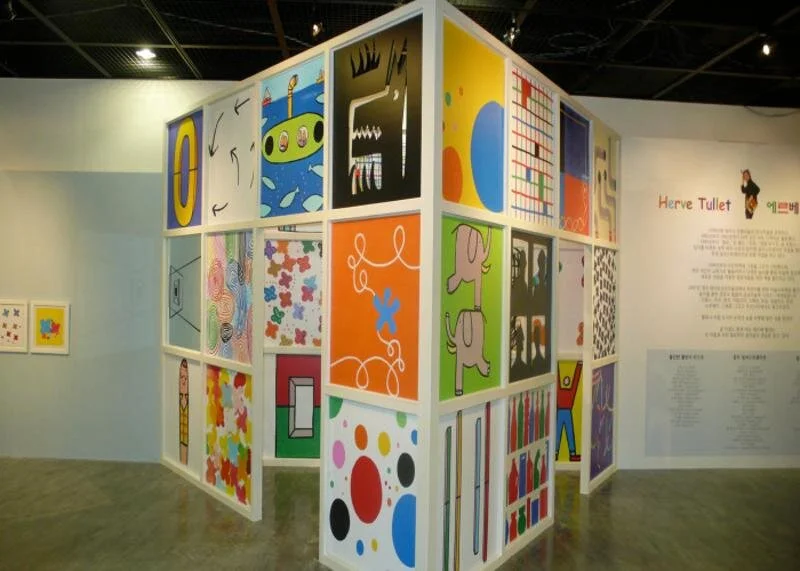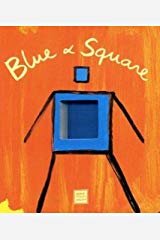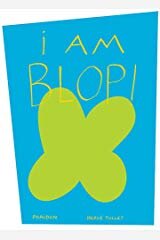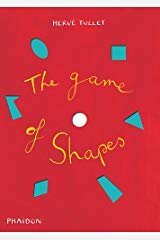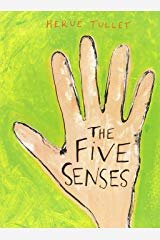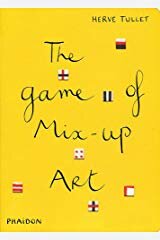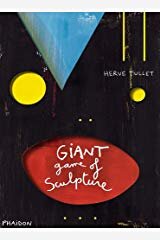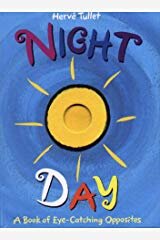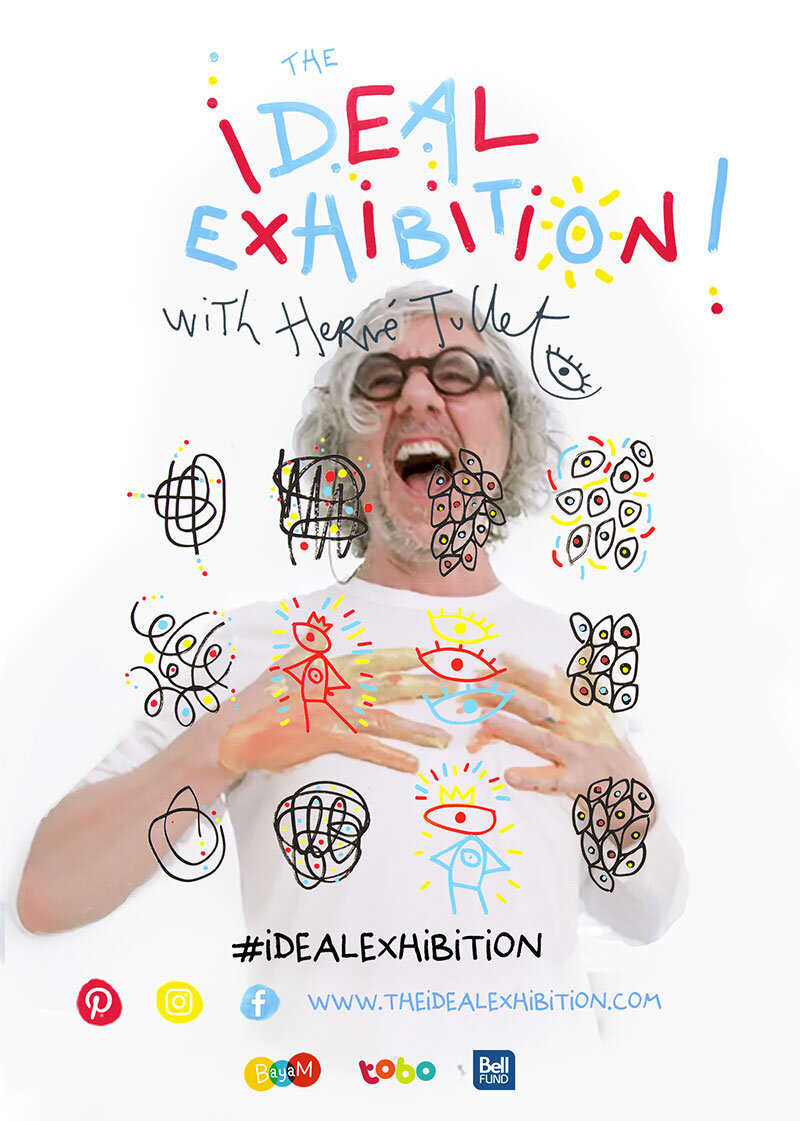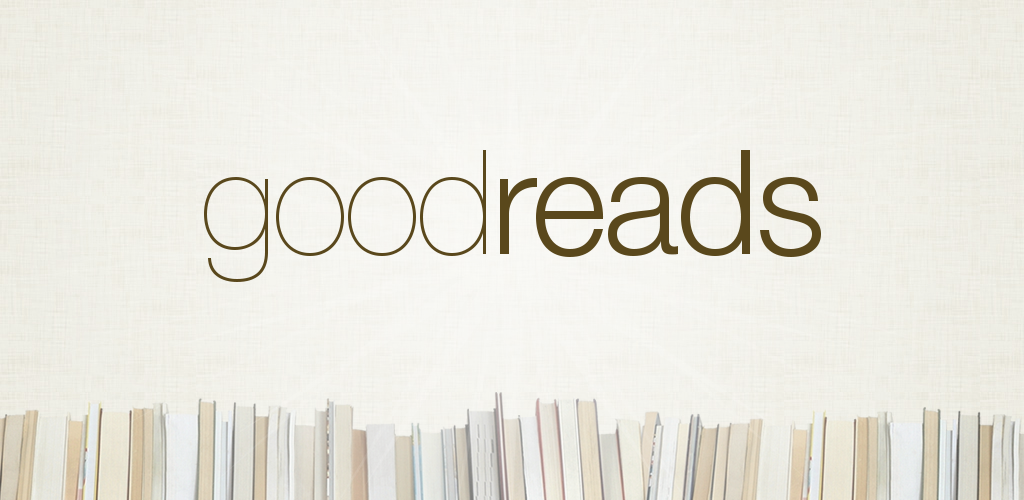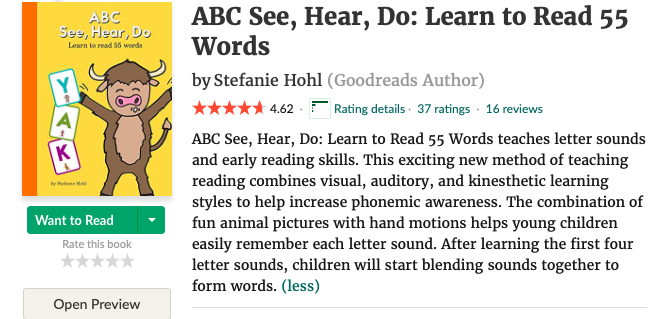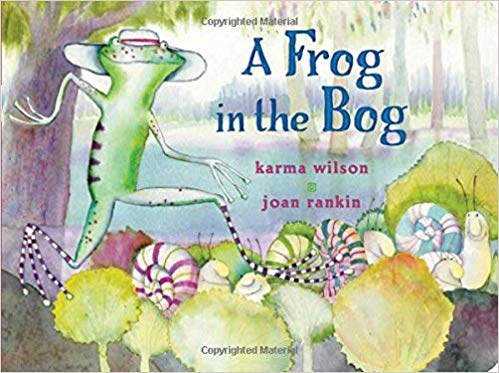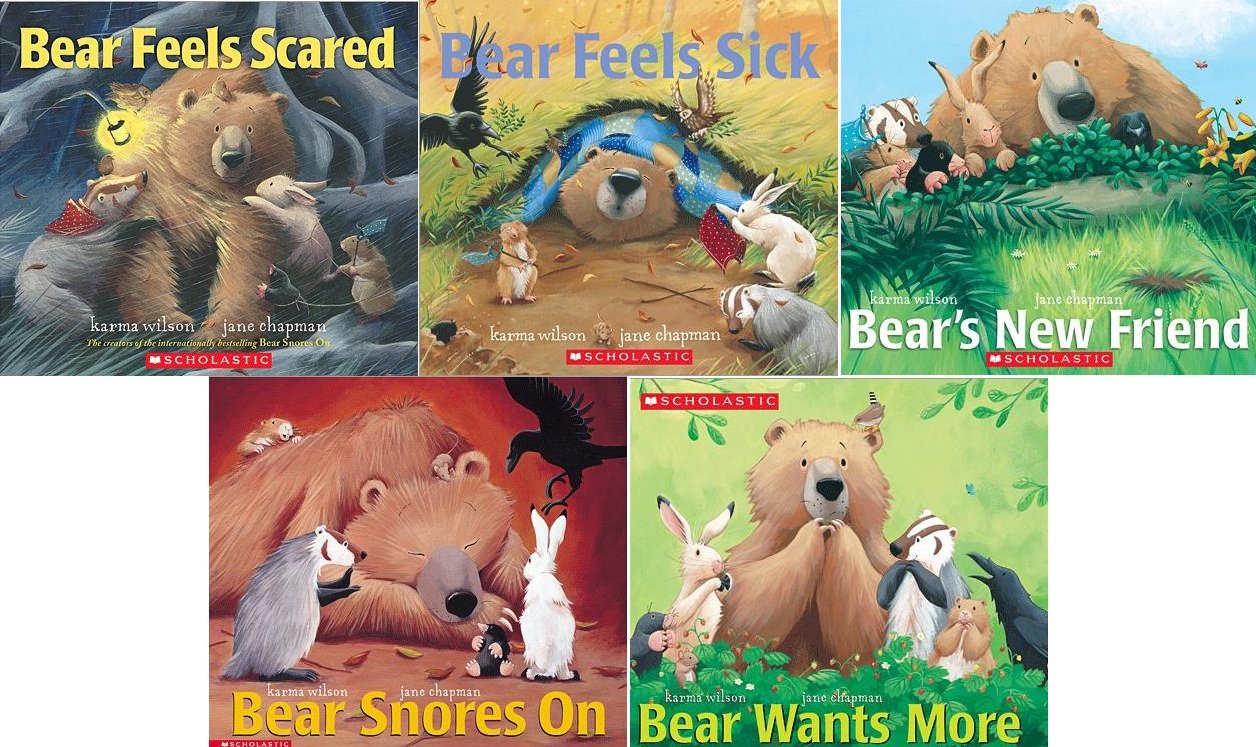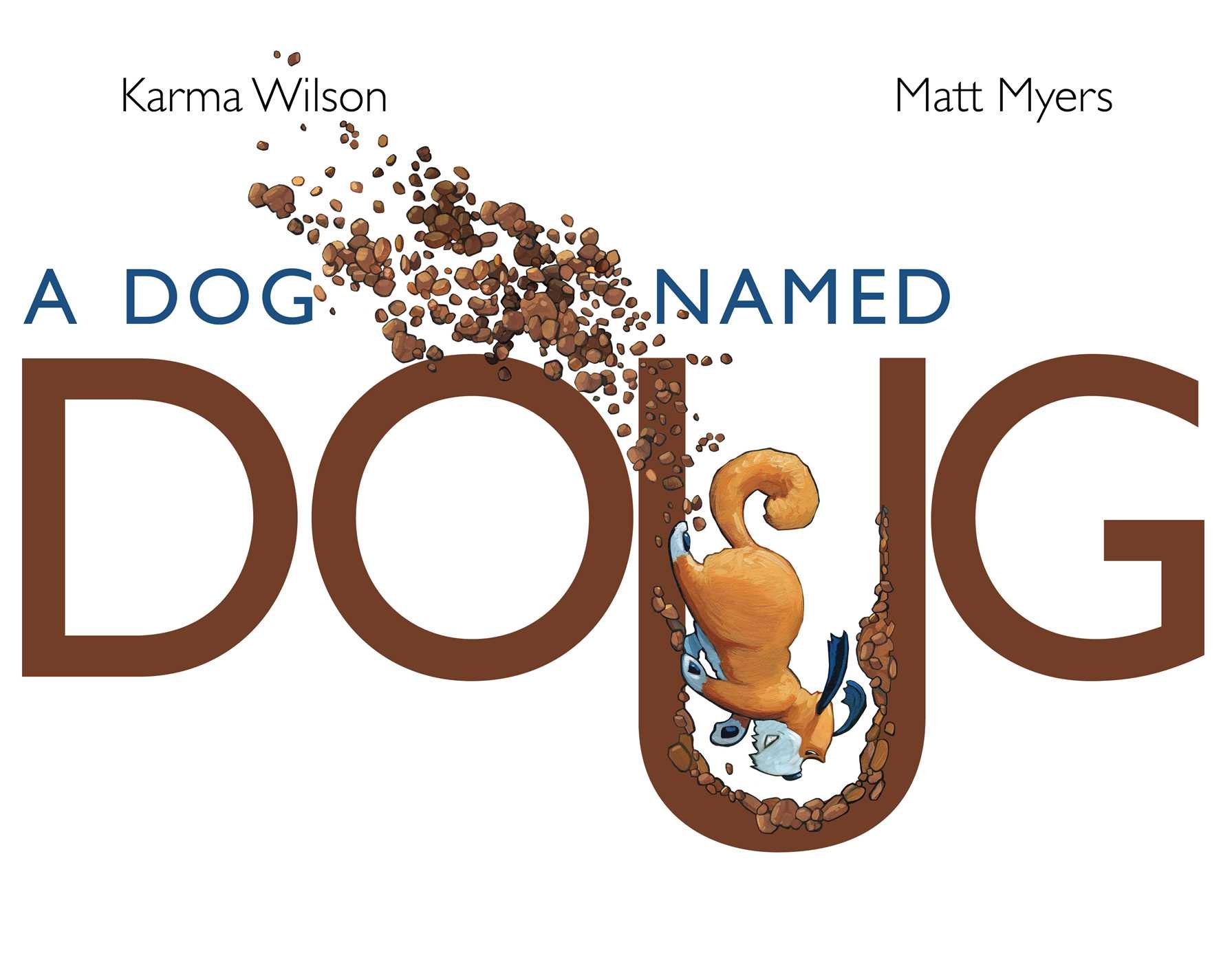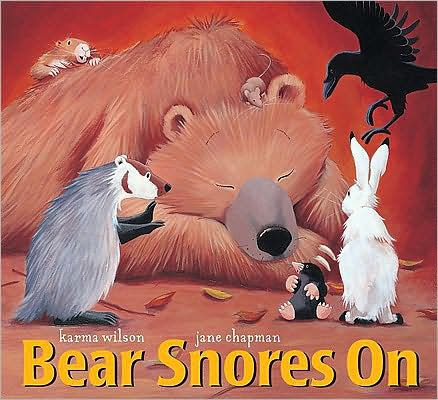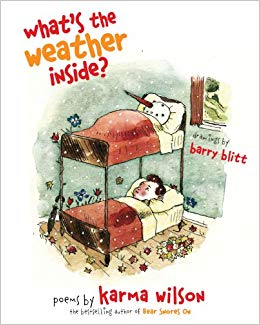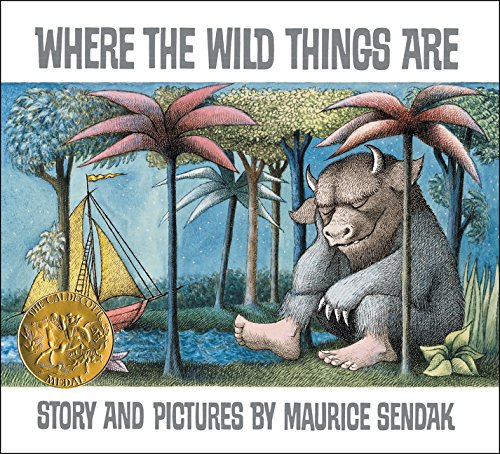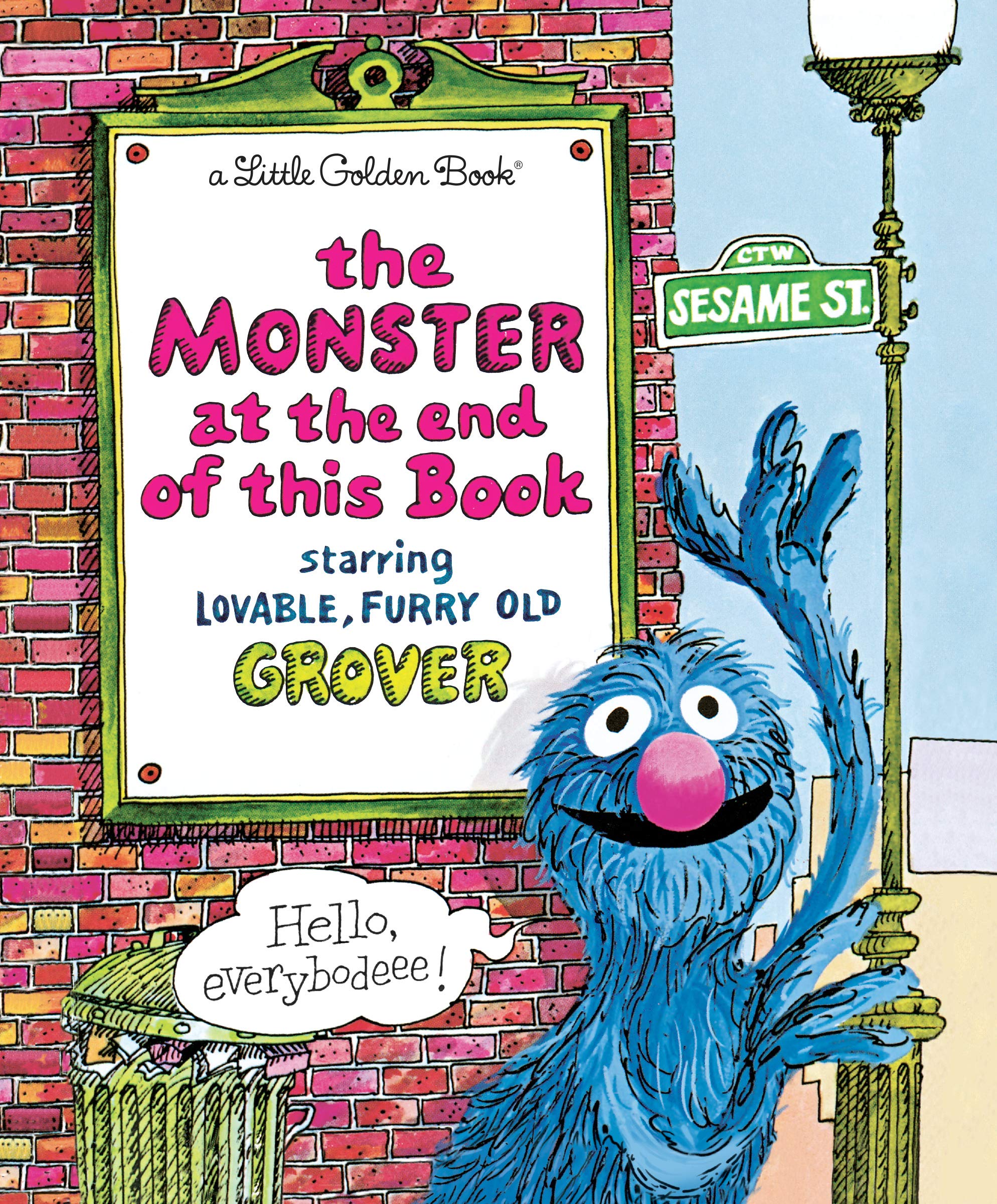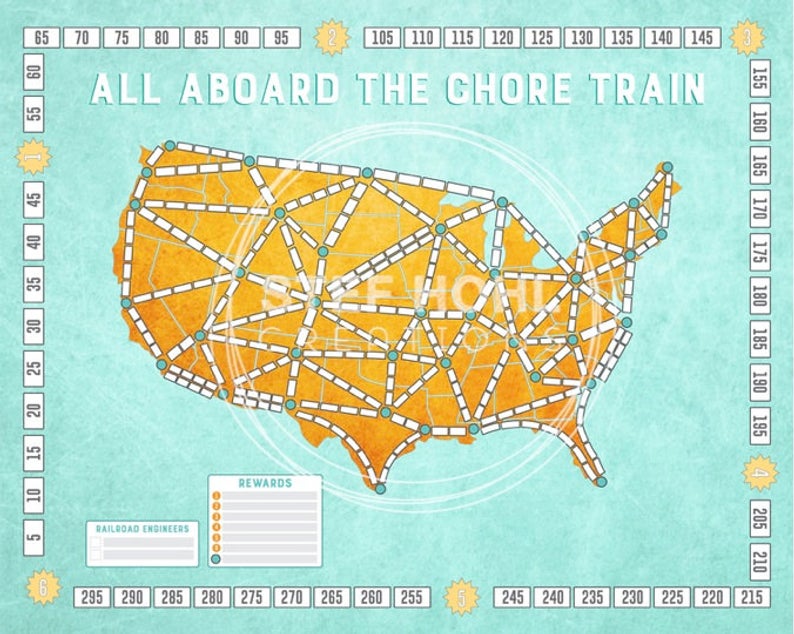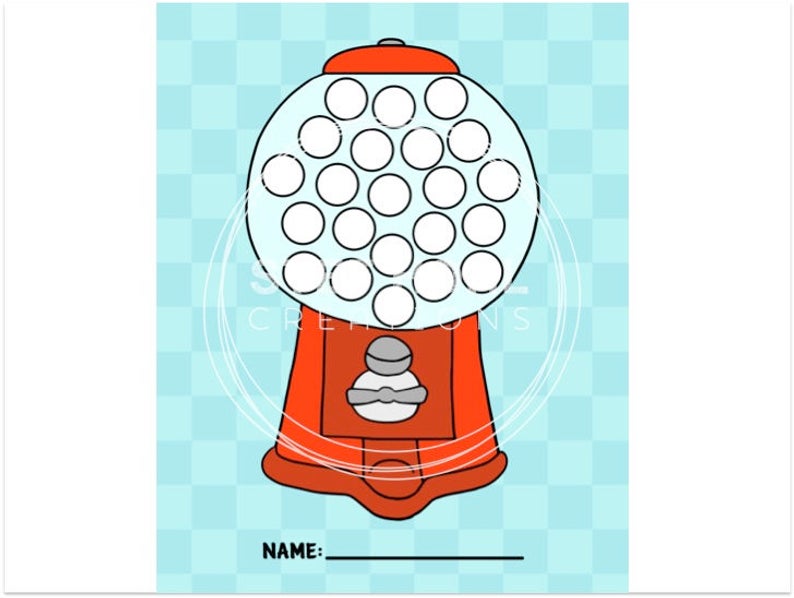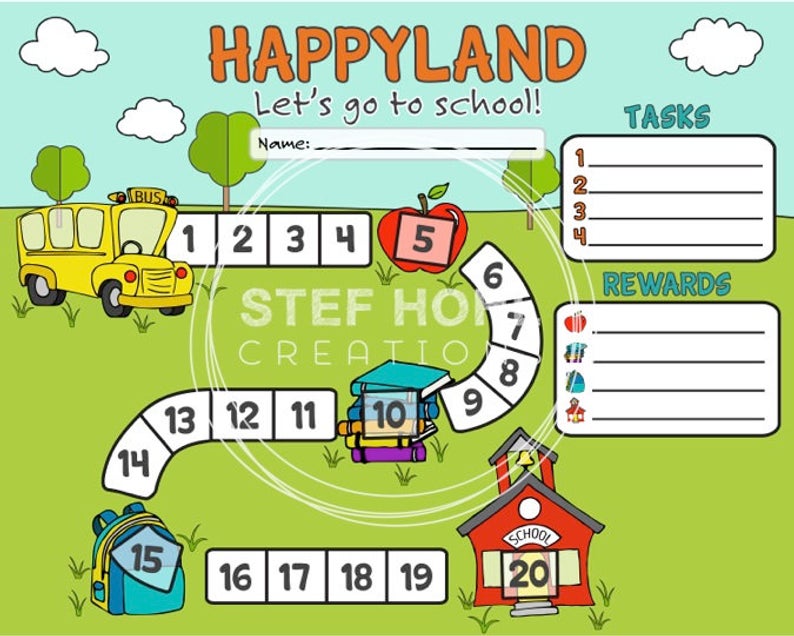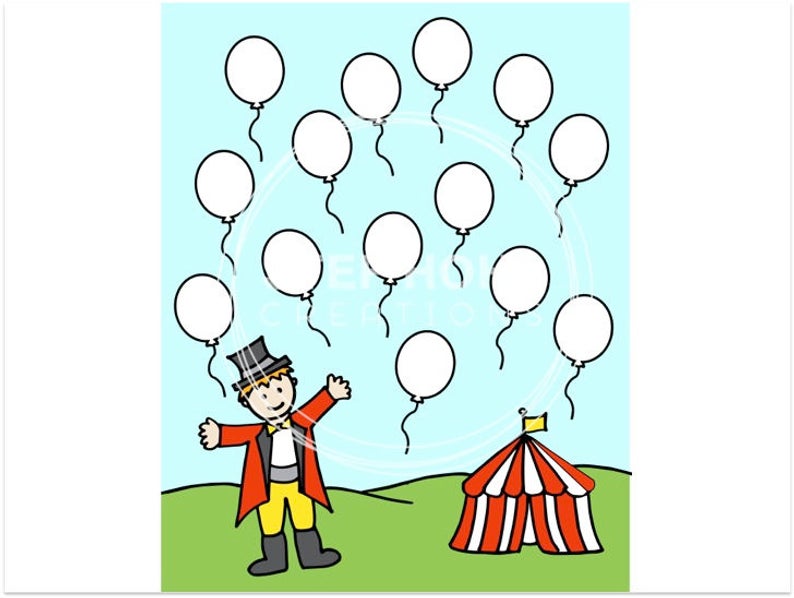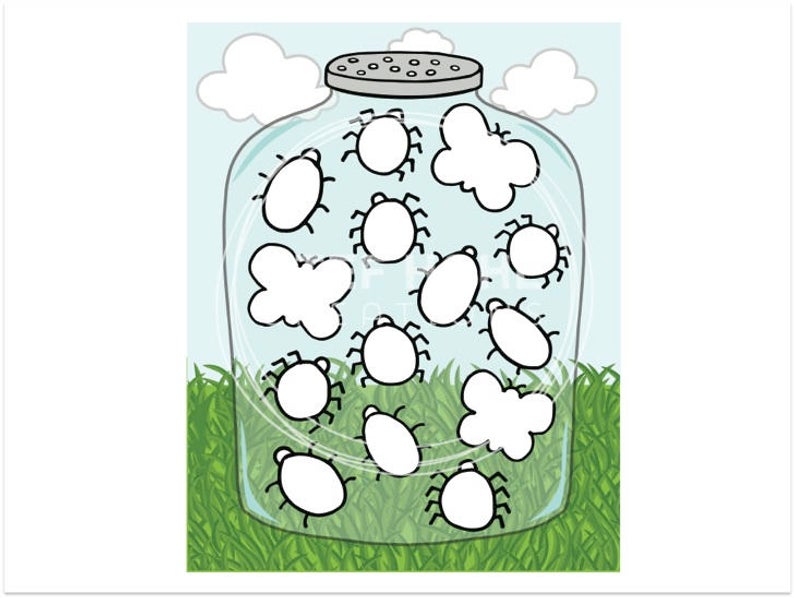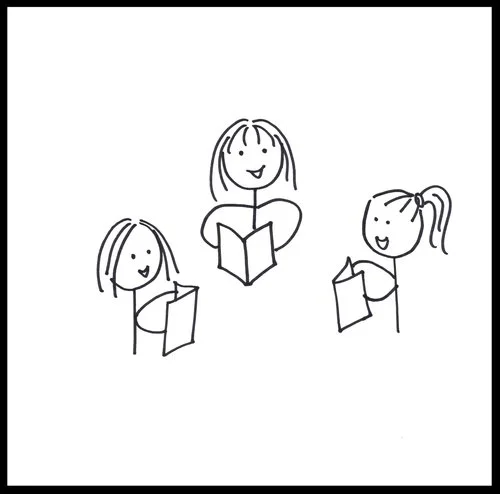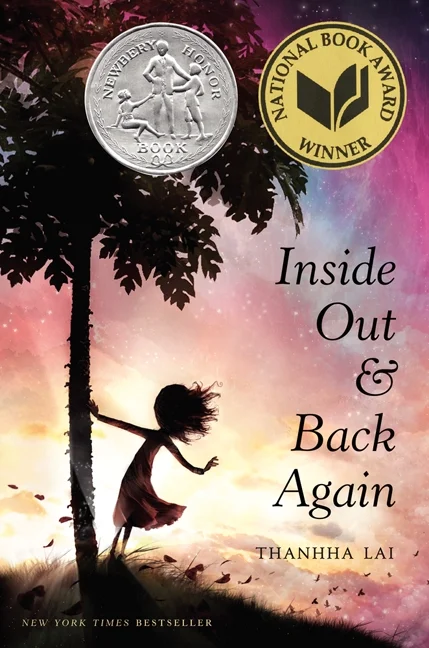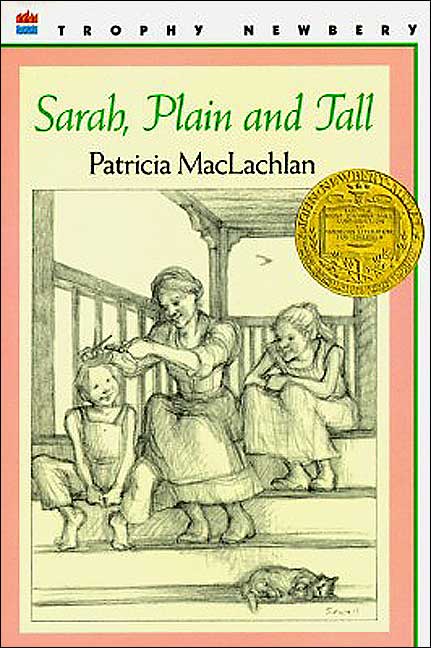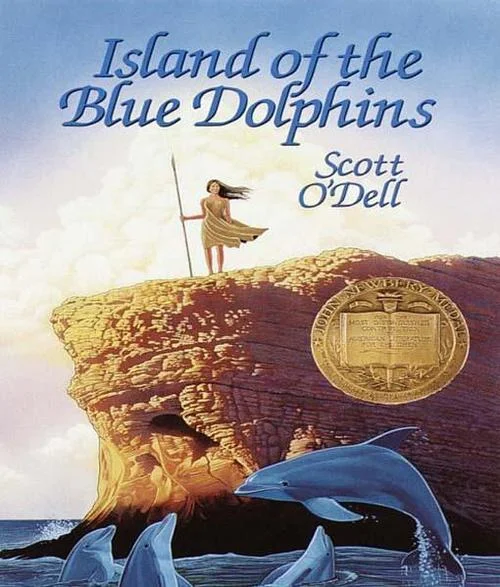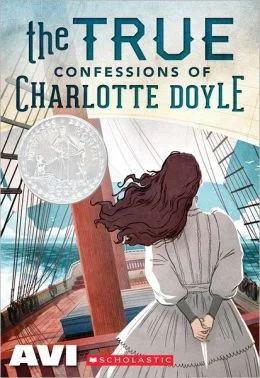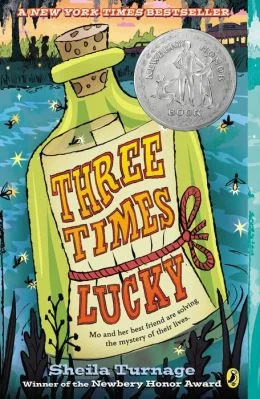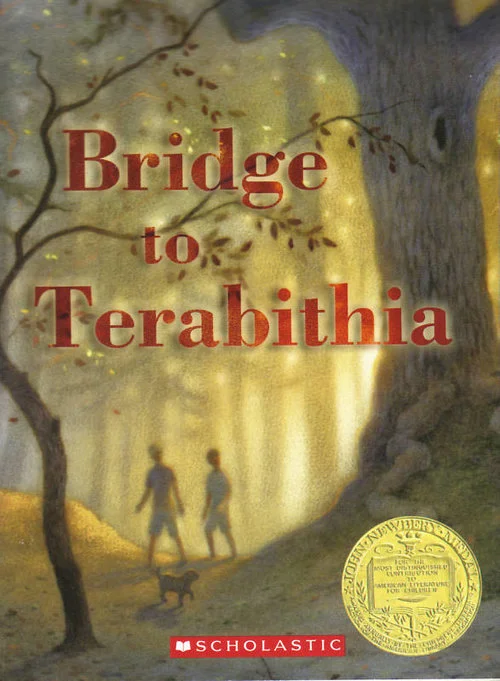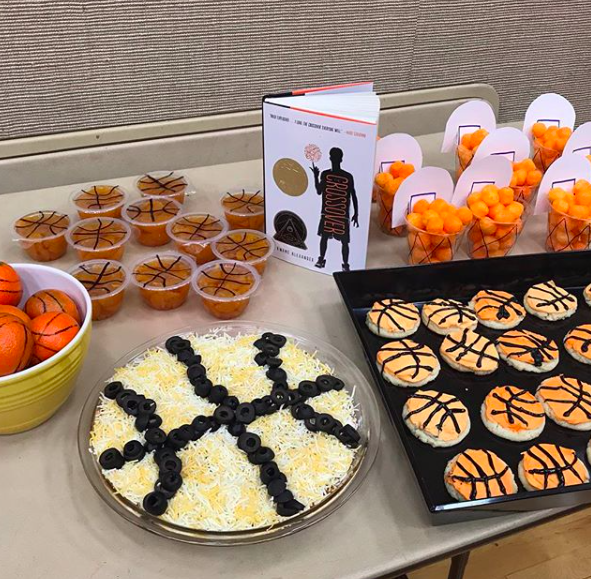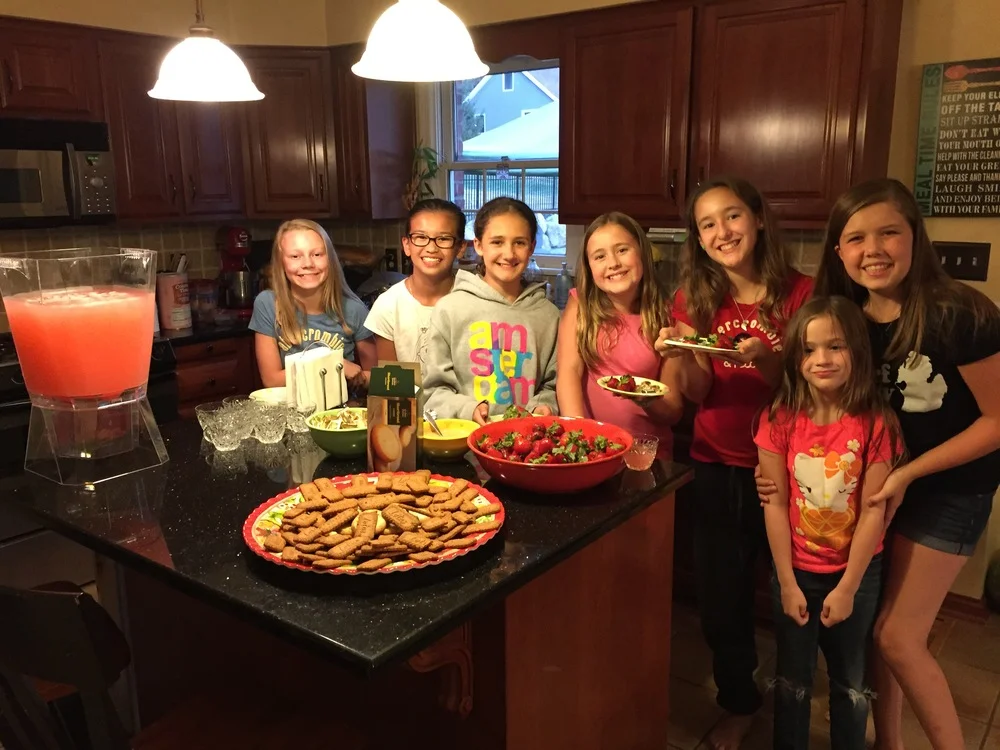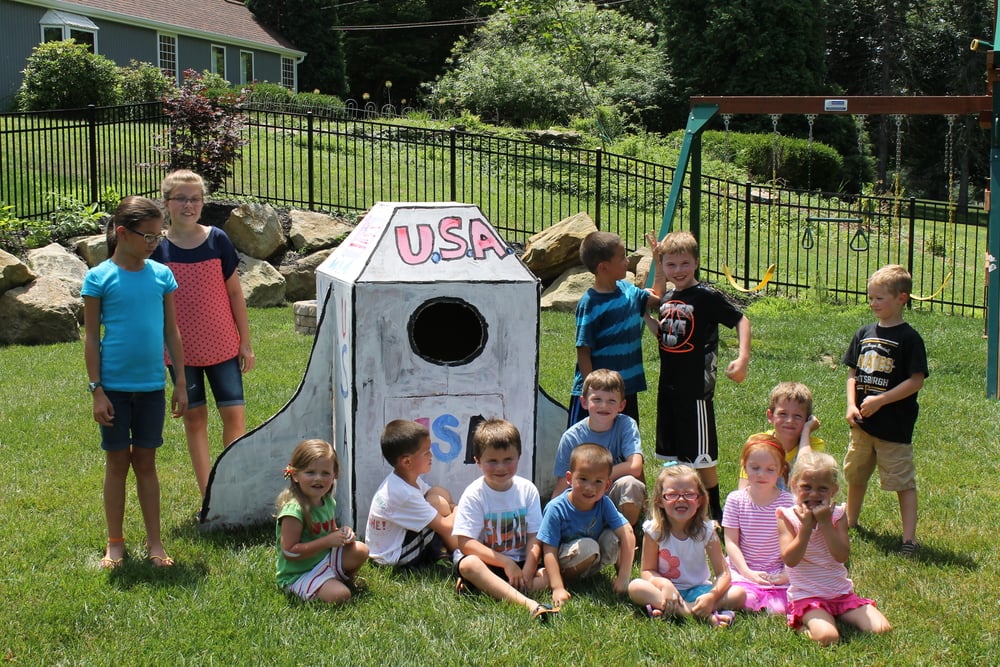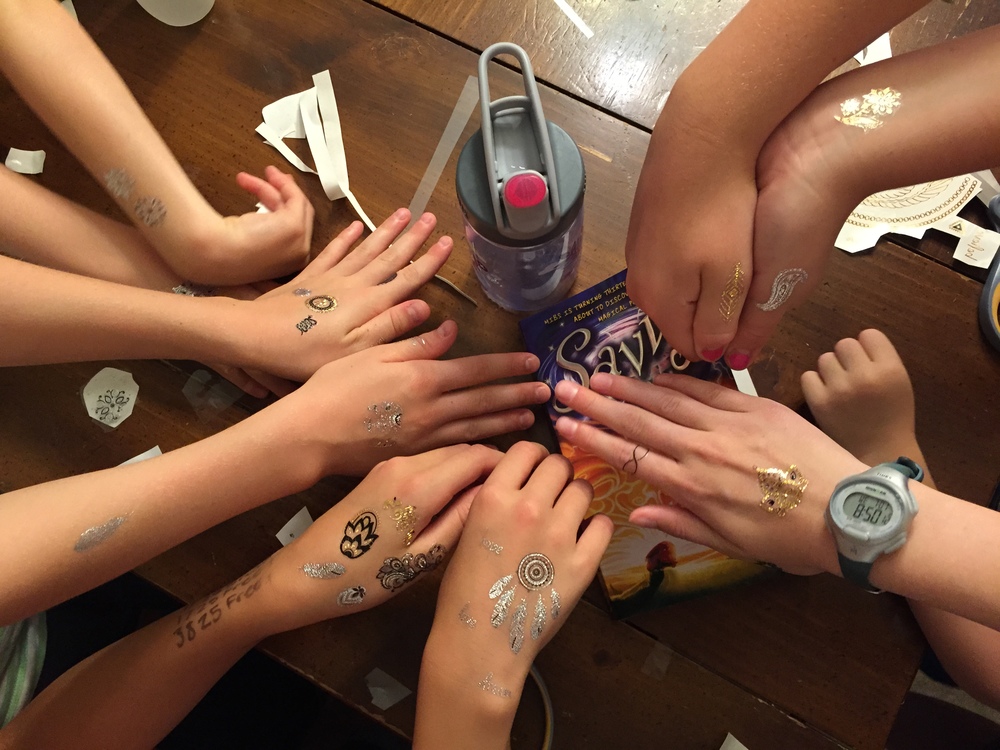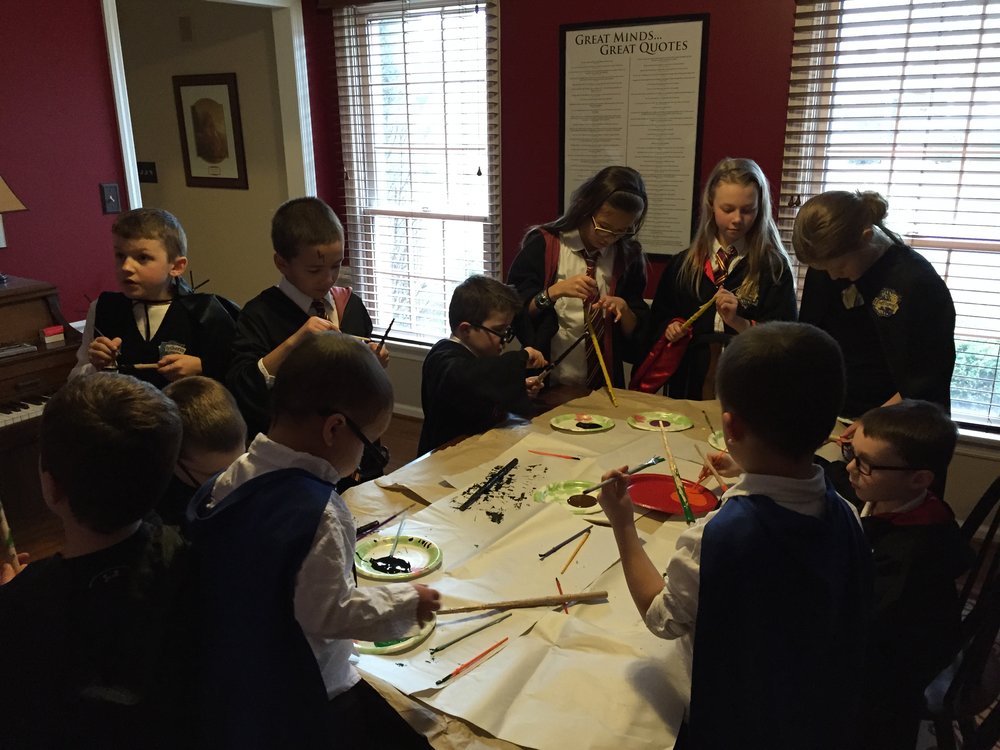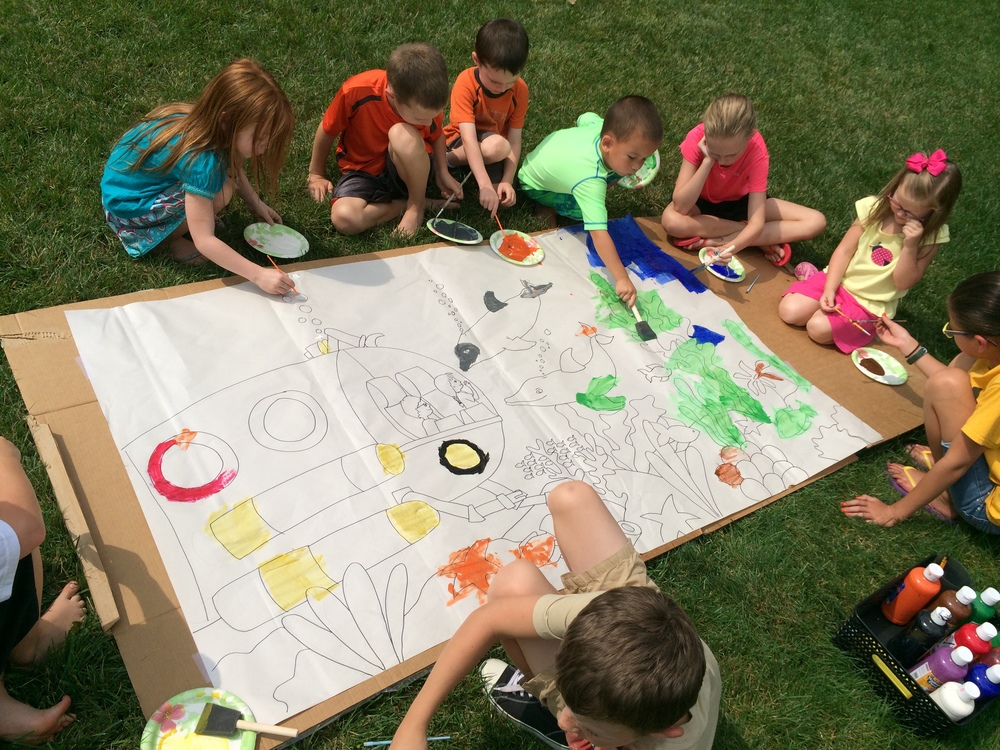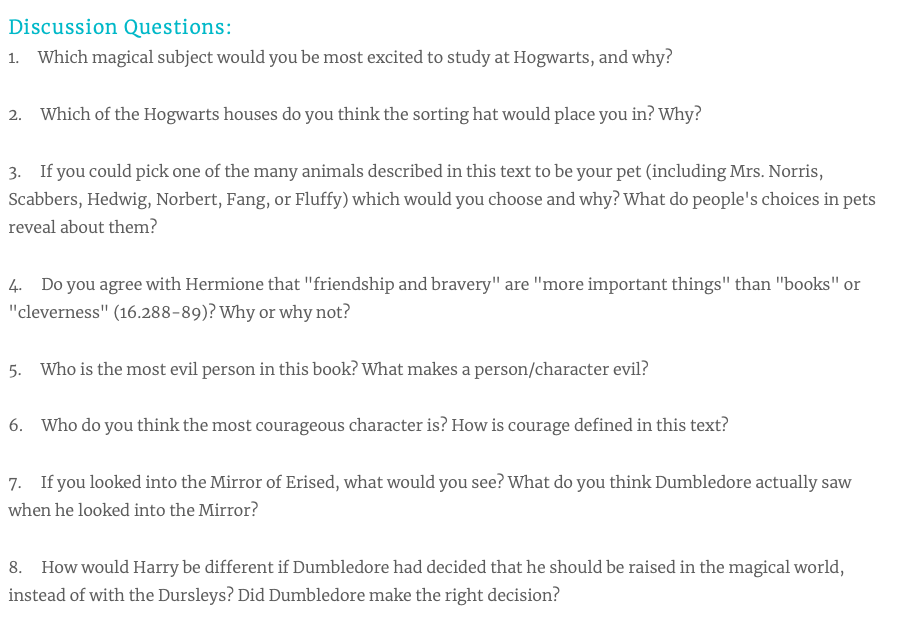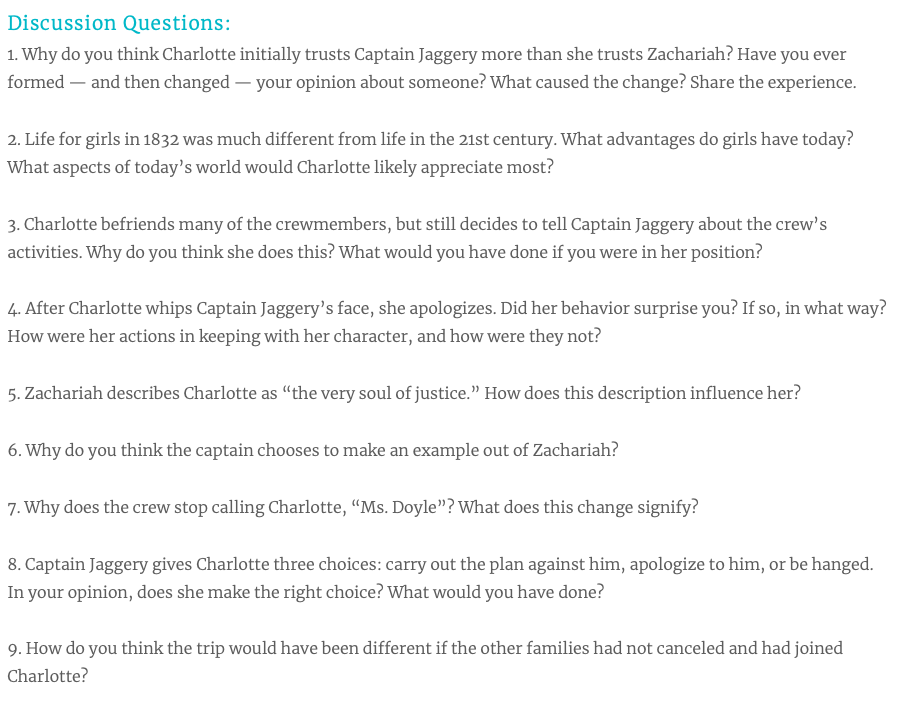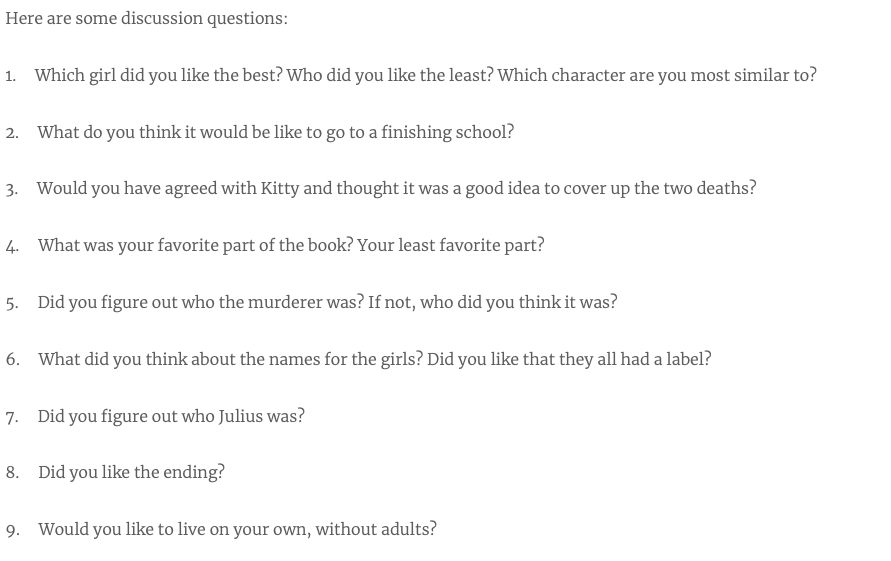Biographies are often inspiring and fascinating and expose readers to a variety of real-life people and stories. I especially love picture book biographies as they are accessible to even the youngest of readers! Check out these top 10 picture book biographies of men!
Martin’s Big Words: The Life of Dr. Martin Luther King, Jr. by Doreen Rappaport and illustrated by Bryan Collier
This is a beautifully illustrated picture book featuring the amazing life of Dr. Martin Luther King. Beginning with his life as a young boy, each page includes a short biographical paragraph and an inspiring quote, such as “Hate cannot drive out hate. Only love can do that.” One read through this book, and it’ll be easy to see why it’s received over ten awards and honors.
The Crayon Man: The True Story of the Invention of Crayola Crayons by Natascha Biebow and illustrated by Steven Salerno
While all of us are familiar with crayons, few of us are familiar with the man behind the invention. In this fascinating story, readers will learn about the man behind Crayola Crayons and how his invention came to be! After listening to the concerns and problems of the people around him, Edwin Binney came up with a colorful solution to their problems—crayons! Readers will also learn the origin of the name Crayola! The illustrations are incredibly detailed and pair wonderfully with this interesting story.
The Noisy Paint Box: The Colors and Sounds of Kandinsky’s Abstract Art by Barb Rosenstock and illustrated by Mary Grandpre
This book serves as a wonderful tribute to the life and art of Russian-born artist Vasya Kandinsky. When he was young, Vasya began painting “the sounds of the colors,” but was told his method wasn’t the correct way to paint. As an adult, he studied to be a lawyer and lived the expectations of those around him. But the colors of the world continued to call out to him, until he found the courage to become an artist and make art his way. Readers will see the emotion Vasya experiences both through his expression and mannerisms, as well as through the varied use of colors and tones. This is a powerful story and lesson for readers of all ages!
Mario and the Hole in the Sky: How a Chemist Saved Our Planet by Elizabeth Rusch and illustrated by Teresa Martinez
This is the inspiring story of Mexican-American scientist Mario Molina, who helped save our planet in the 1980s. When Mario was a child, he received a microscope for his birthday. This microscope ultimately inspired a lifelong fascination with chemistry and the need to discover and learn more about the world around him. In time, Molina discovered that CFCs were tearing a hole in the earth’s protective layer of the ozone. This is a story for both science-minded readers and all readers who enjoy a good hero story! It’s also filled with many great messages of perseverance, hard work, and more!
Magic Ramen: The Story of Momofuku Ando by Andrea Wang and illustrated by Kana Urbanowicz
Magic Ramen tells the story of Momofuku Ando, whose dream was born from post-WWII society. After experiencing hungry people, expensive food, and the realization that "the world is peaceful only when everyone has enough to eat," he decided to make food his life's work. The story showcases Momofuku’s many trials, experiments, and hard work which finally culminated in his "magic ramen" recipe. This story is a powerful tale about caring for people, perseverance and persistence, and more! Plus, you’ll gain a new appreciation for Ramen noodles!
The Man Who Walked Between the Towers by Mordicai Gerstein
After seeing the Twin Towers for the first time, French aerialist Philippe Petit knew “he had to walk!” This daring story chronicles Petit’s plan to tightrope between the almost-finished towers, a feat that would take place a quarter mile into the sky on a rope only 5/8 of an inch thick! Full of suspense, adventure, and beautiful illustrations,this story will be sure to get your heart pumping! The story ends with a lovely tribute to the former Twin Towers.
John Ronald’s Dragons: The Story of J.R.R. Tolkien by Caroline McAlister and illustrated by Eliza Wheeler
Many people are familiar with J.R.R. Tolkien and his famous Hobbit and Lord of the Rings stories, but this is the tale of John Ronald, the young J.R.R Tolkein, a boy who loved dragons! The text is informative and captivating, depicting Tolkein’s young life as he tried to chase the dragons he loved as a child into his adulthood. As the author’s note at the end explains, “I wanted to capture the life of his imagination...It was his imagination that travelled far and took extraordinary risks.” Readers will gain a better appreciation of this beloved author who learned to flourish and find his dragons, despite the many setbacks and trials of his life!
Balderdash! John Newbery and the Boisterous Birth of Children’s Books by Michelle Markel and illustrated by Nancy Carpenter
This story begins in long-ago England, in a time when only adult books were interesting and children’s books were meant to be bland, lest the children “turn wild as beasts.” Thankfully, John Newbery disagreed and set off to change the world of children’s books! Not only is the story an interesting one, but the pages include a variety of interesting typefaces, the illustrations are detailed, colorful, and expressive, and the text is packed with interesting words and vocabulary, including “petticoat” and “little nippers.” Overall, this is a wonderful book!
The Vast Wonder of the World Biologist Ernest Everett Just by Melina Mangal and illustrated by Luisa Uribe
As the School Library Journal states, this is a “.picture book biography of a figure sure to inspire awe and admiration among readers." This story tells the true story of African-American scientist Ernest Everett Just. Told in lyrical text, readers will learn his many hardships, including deaths, illnesses, segregation, and more. Yet they will also learn of his successes, as Just discovers many new insights about egg cells and the origins of life.
Whoosh! Lonnie Johnson’s Super-Soaking Stream of Inventions by Chris Barton and Don Tate
This is the story of Lonnie Johnson, a young boy who loved building and creating and the creator of the super soaker! Like all of us, Johnson’s path to success wasn’t always easy, but it included many interesting detours, including dance parties, NASA, and many other inventions! Overall, this is a great story about “facing challenges, solving problems, and building things.”

